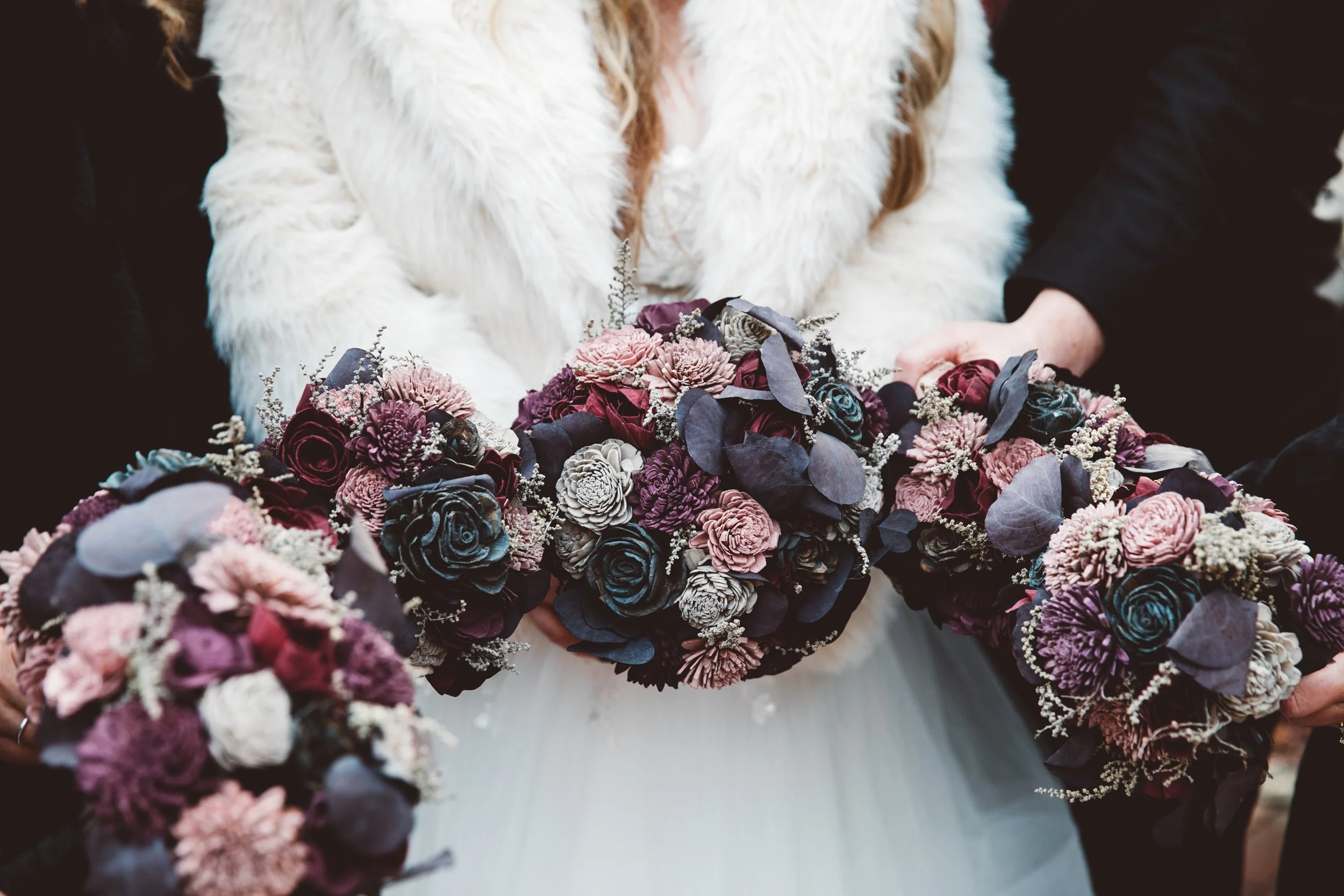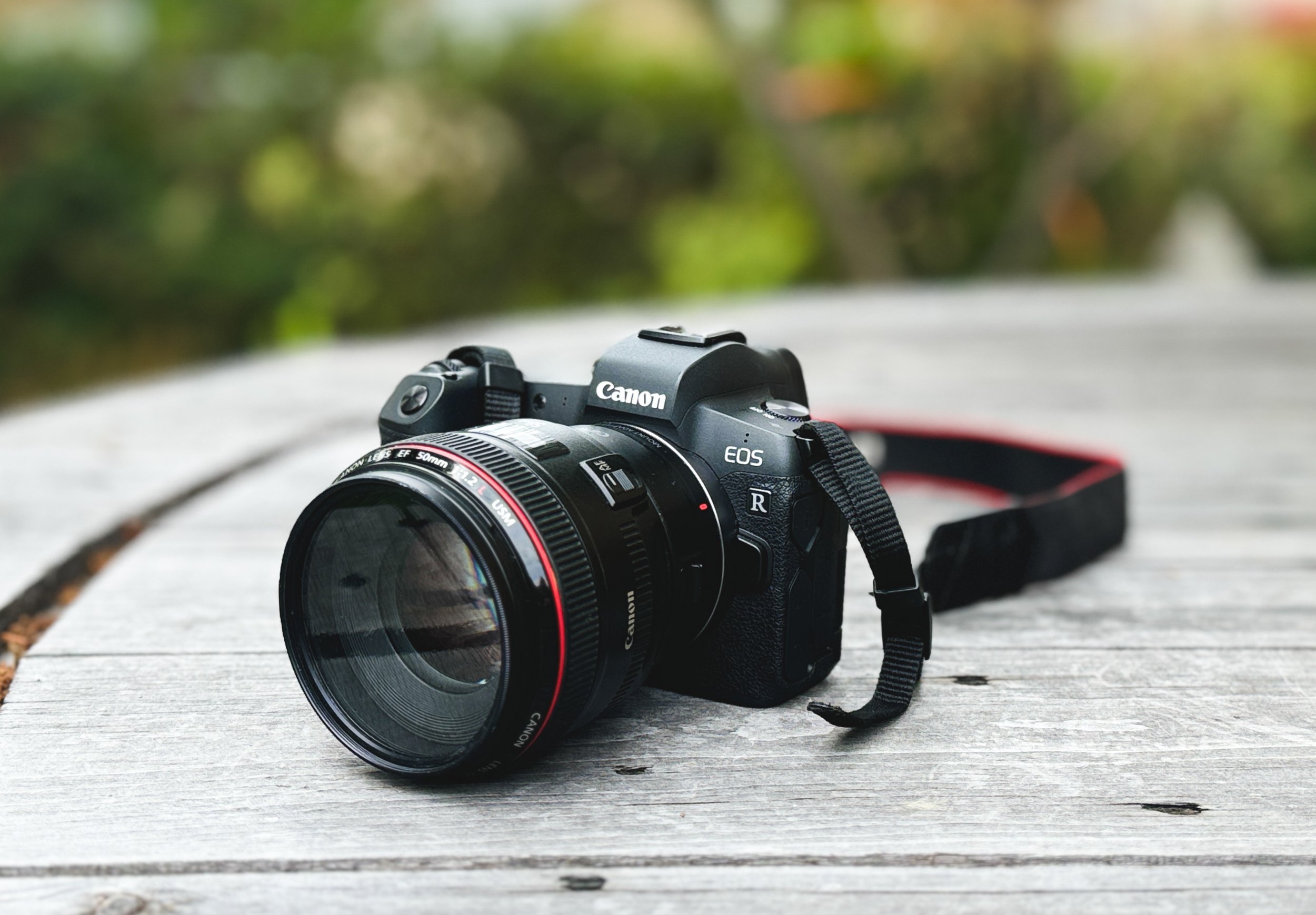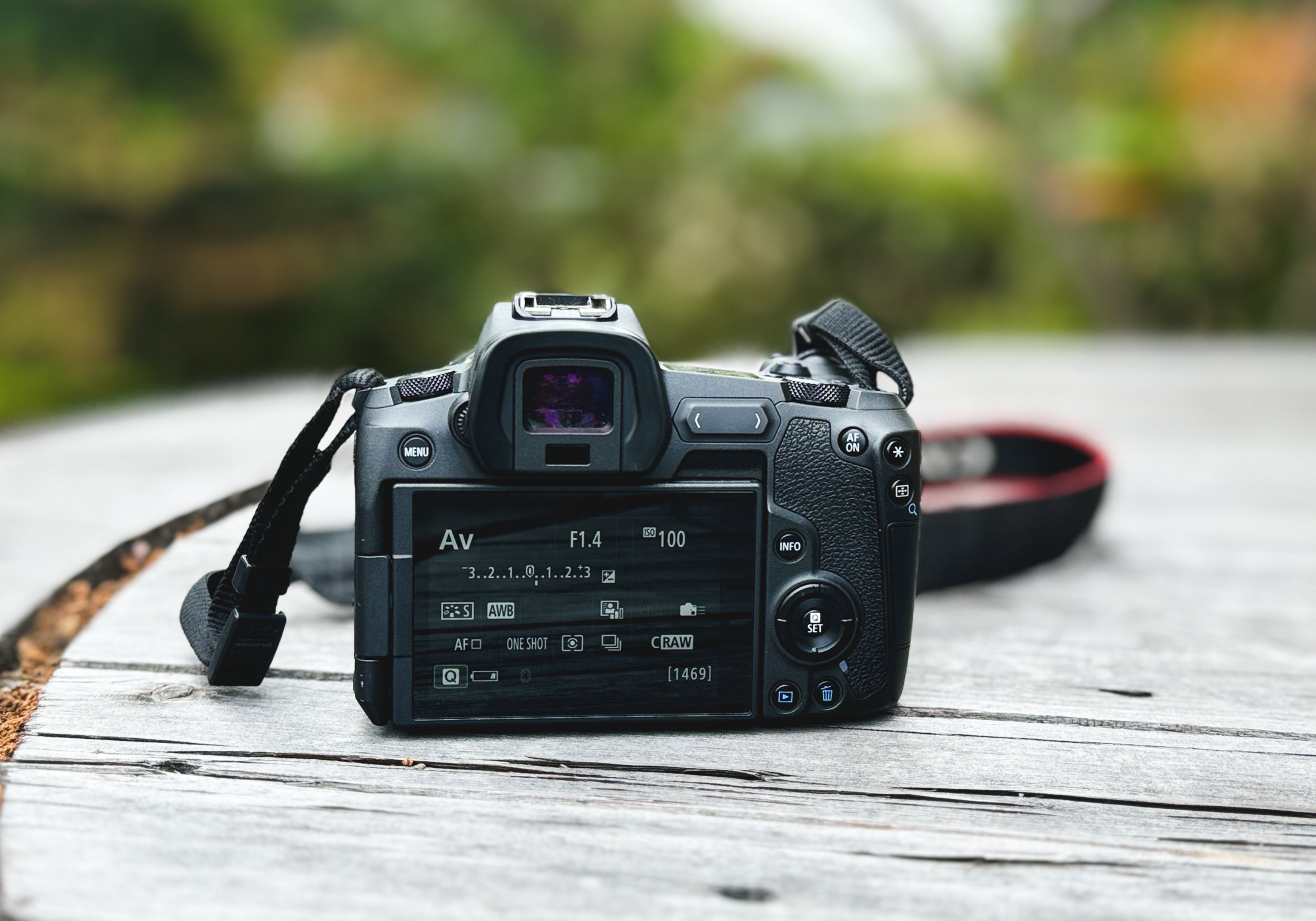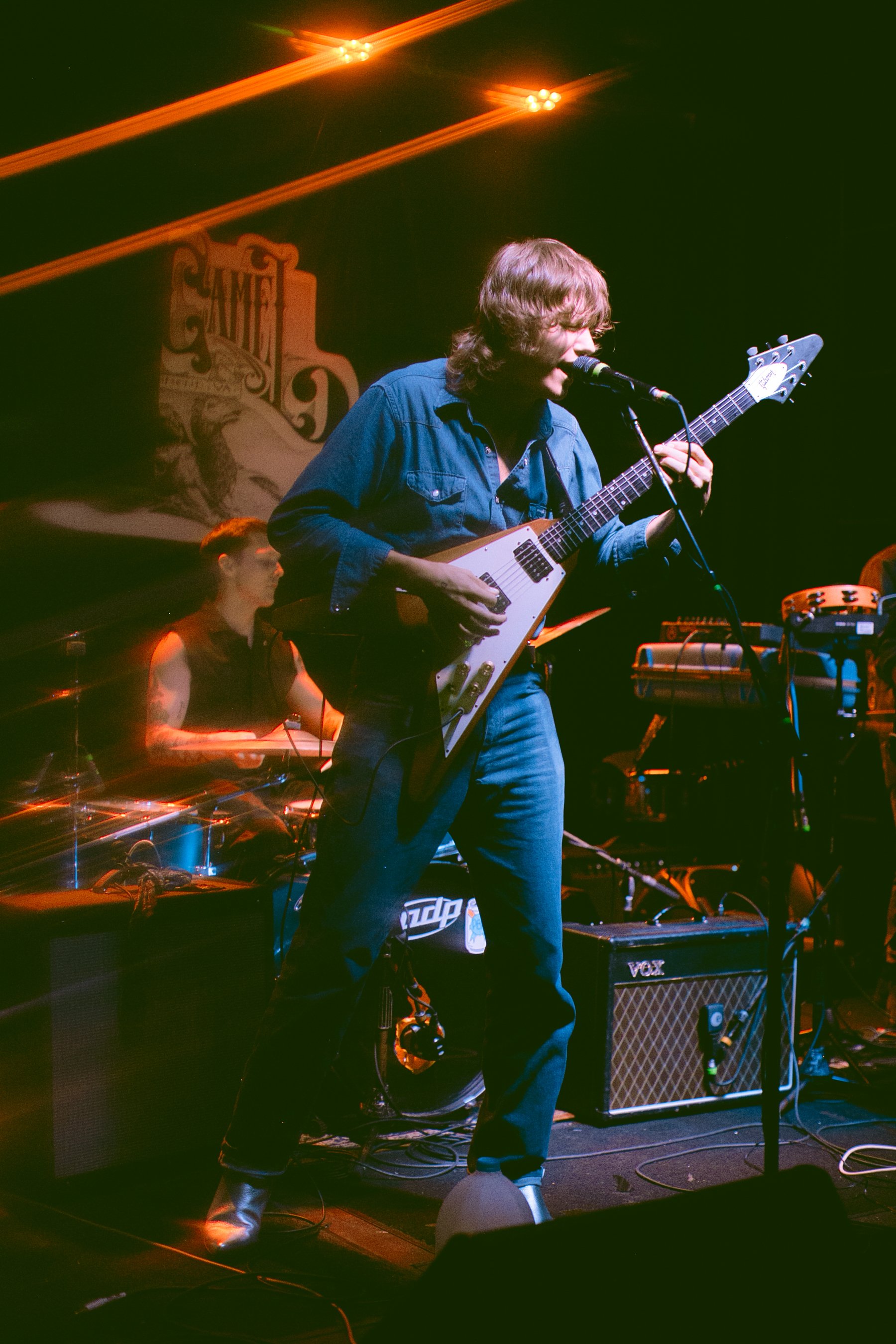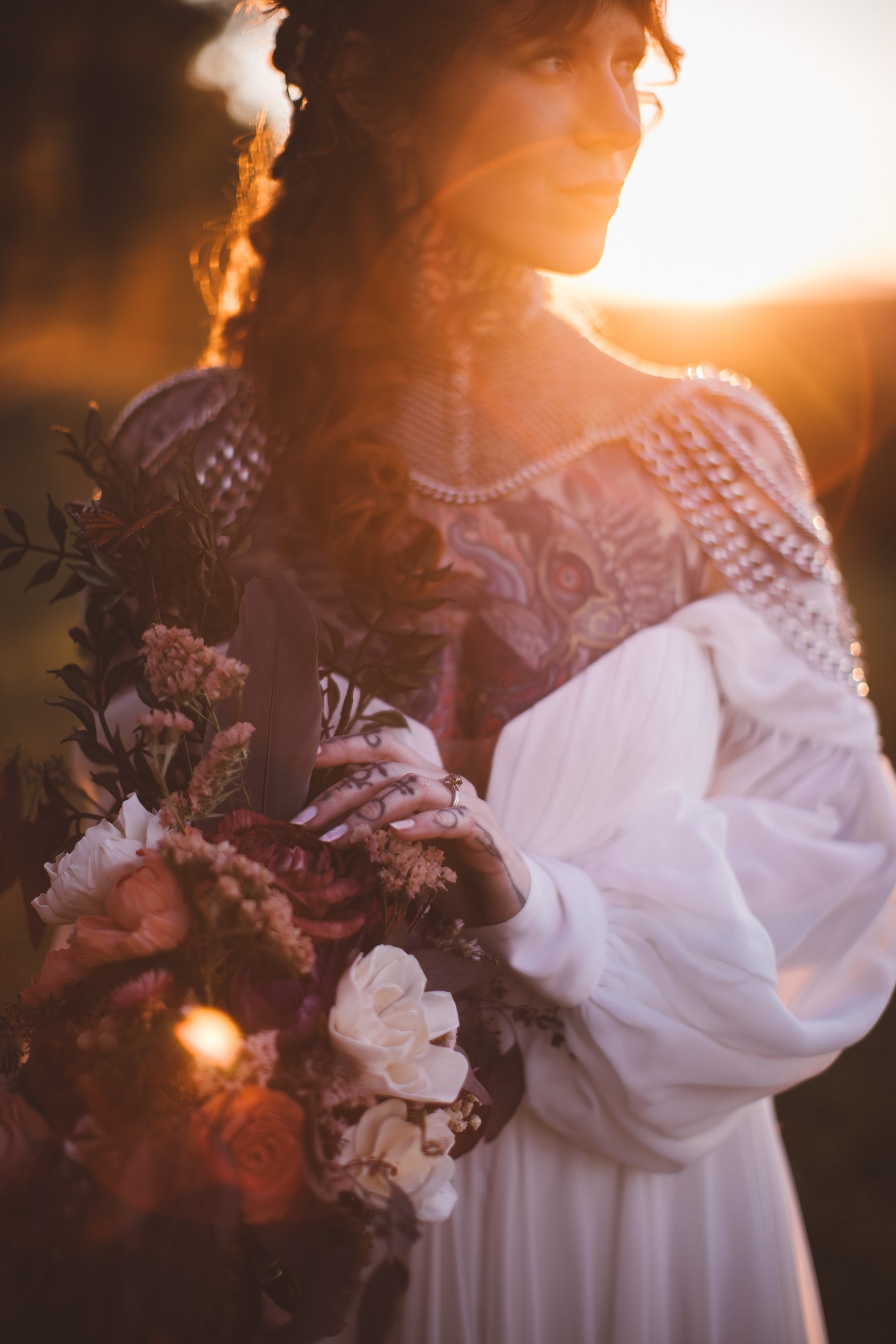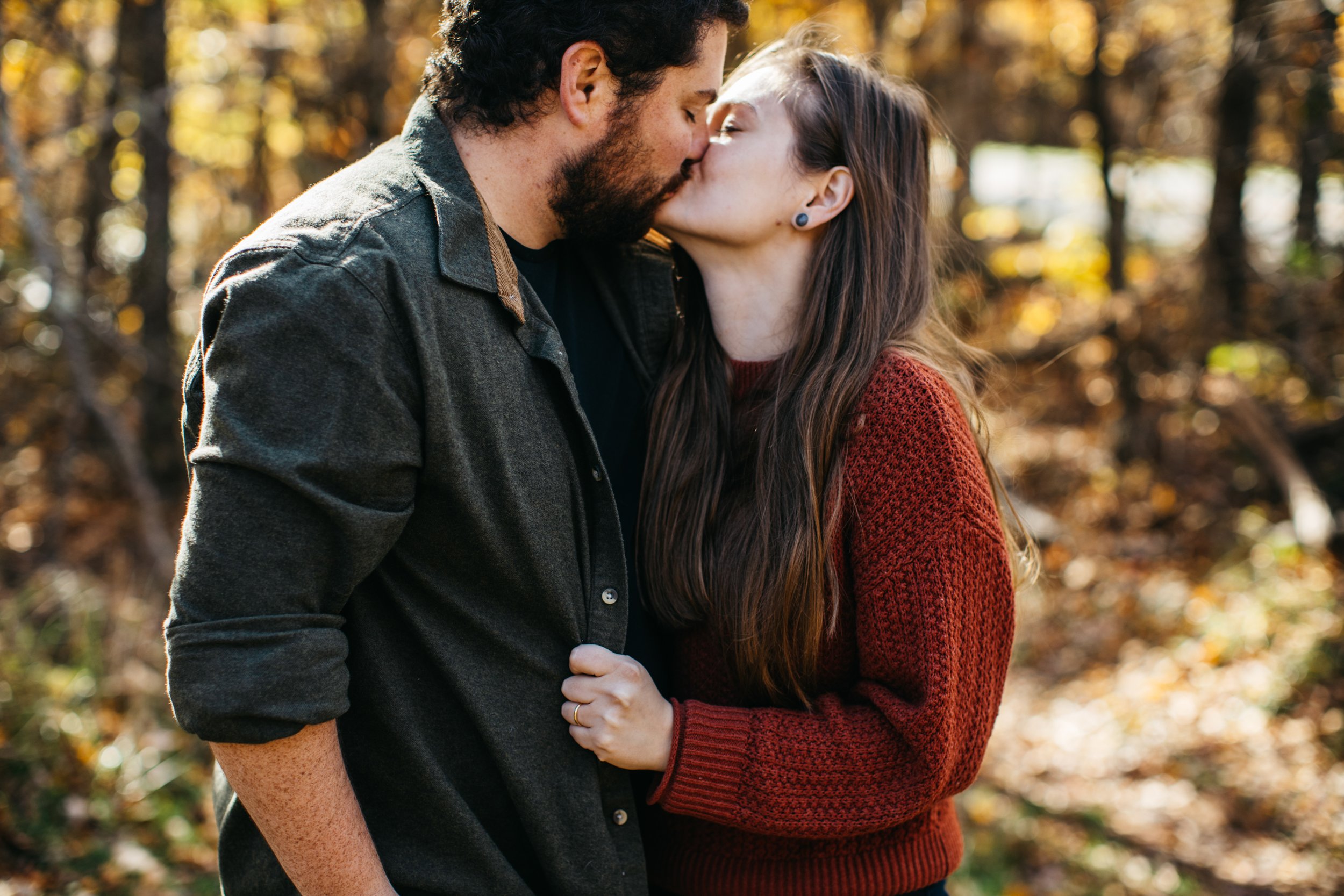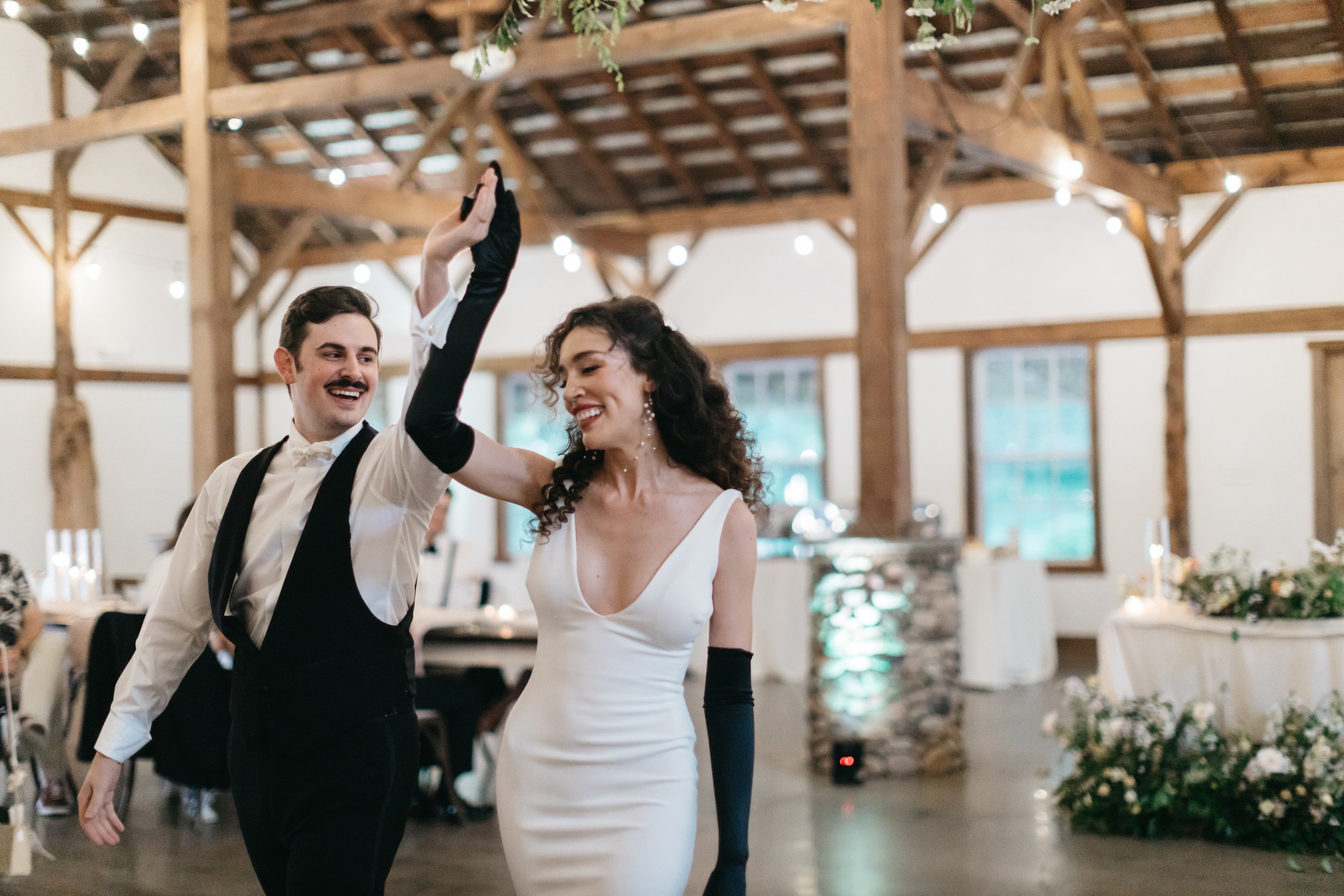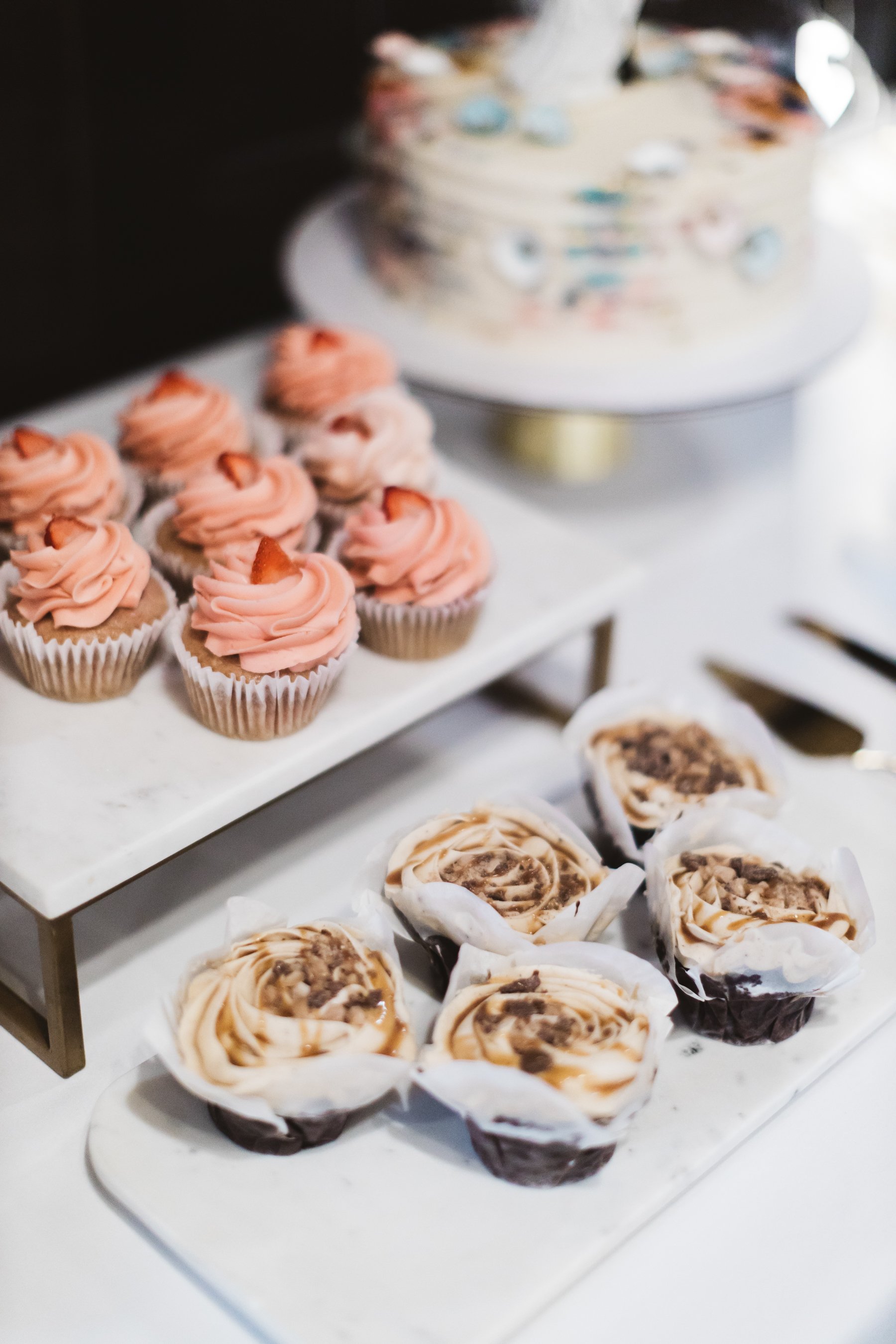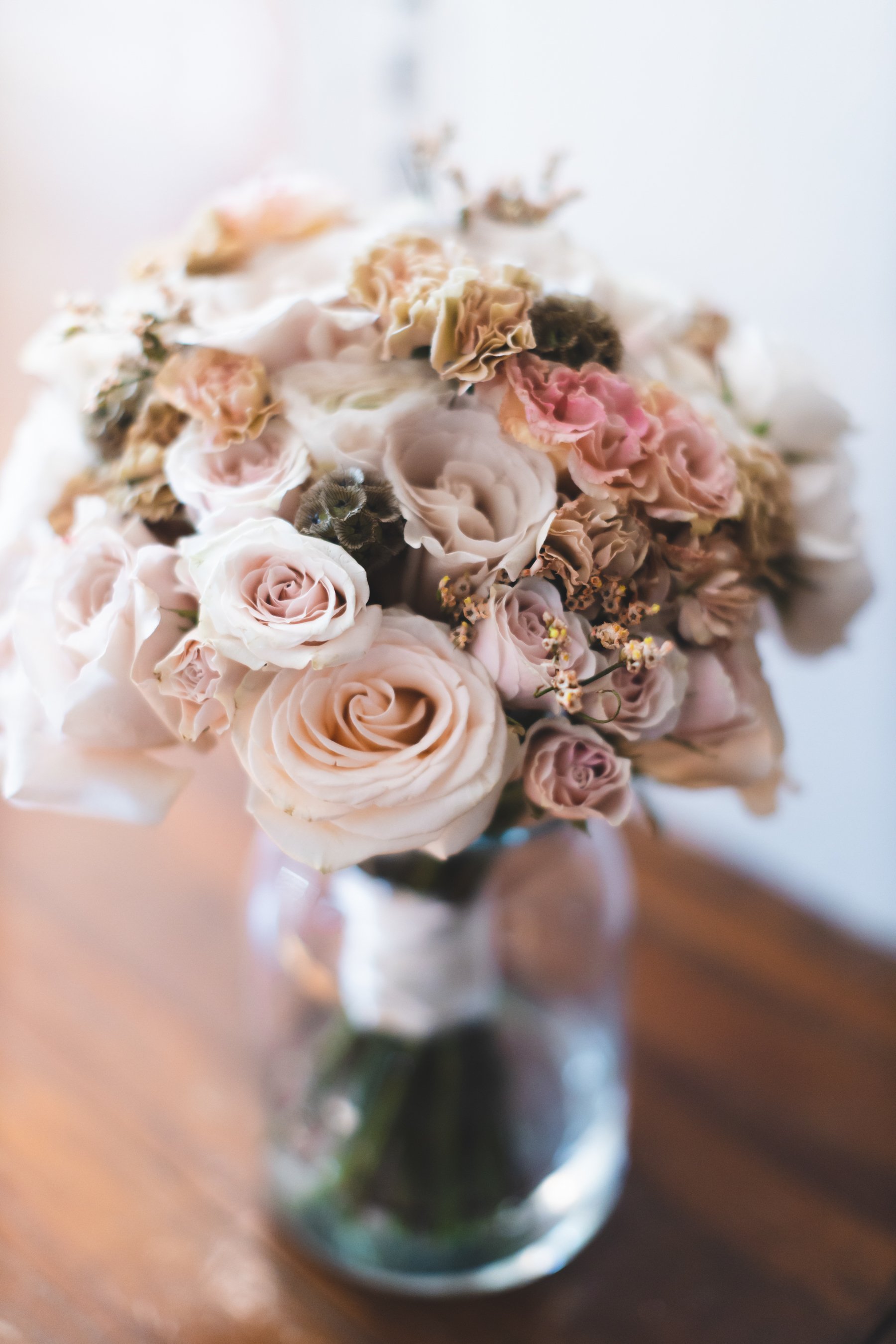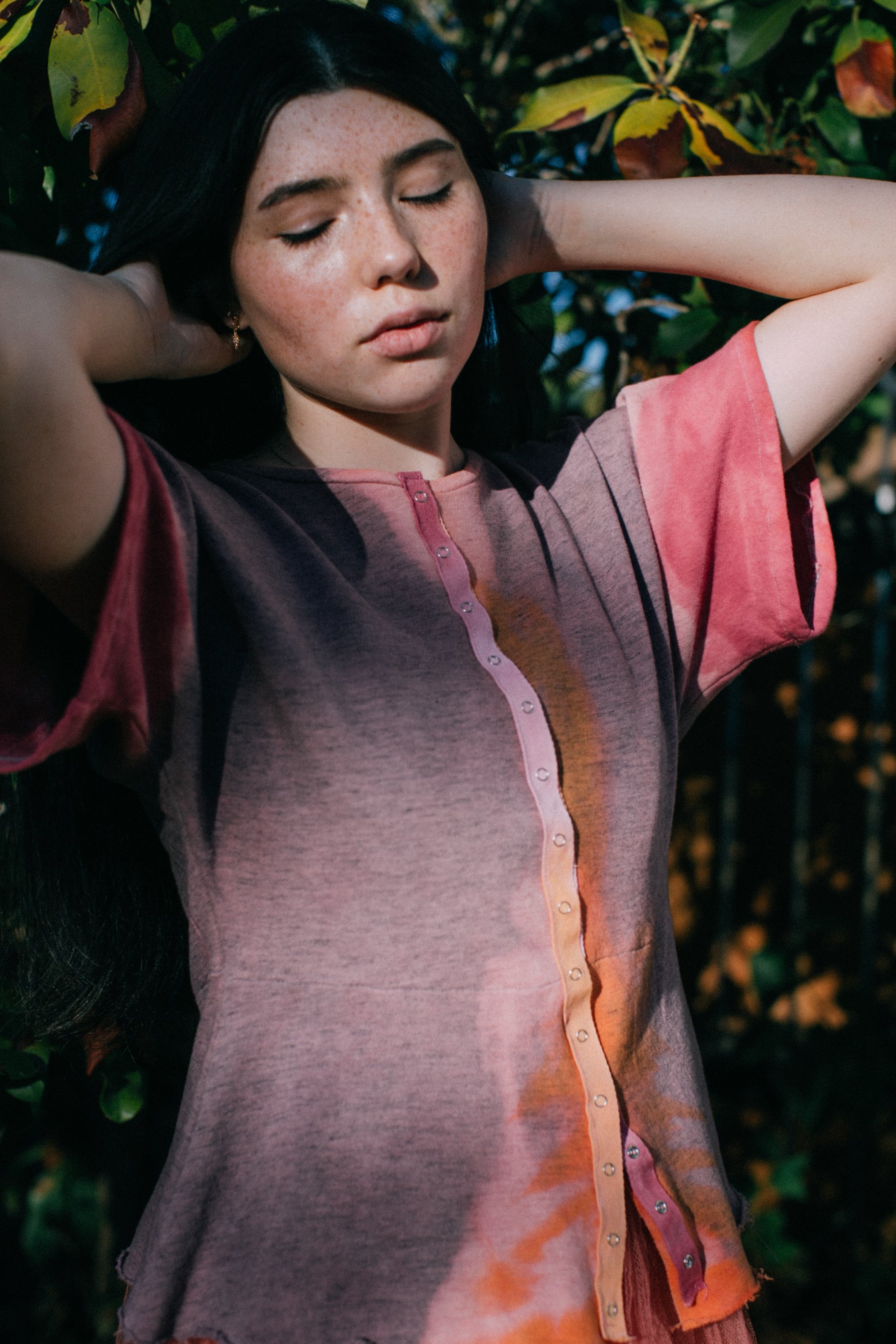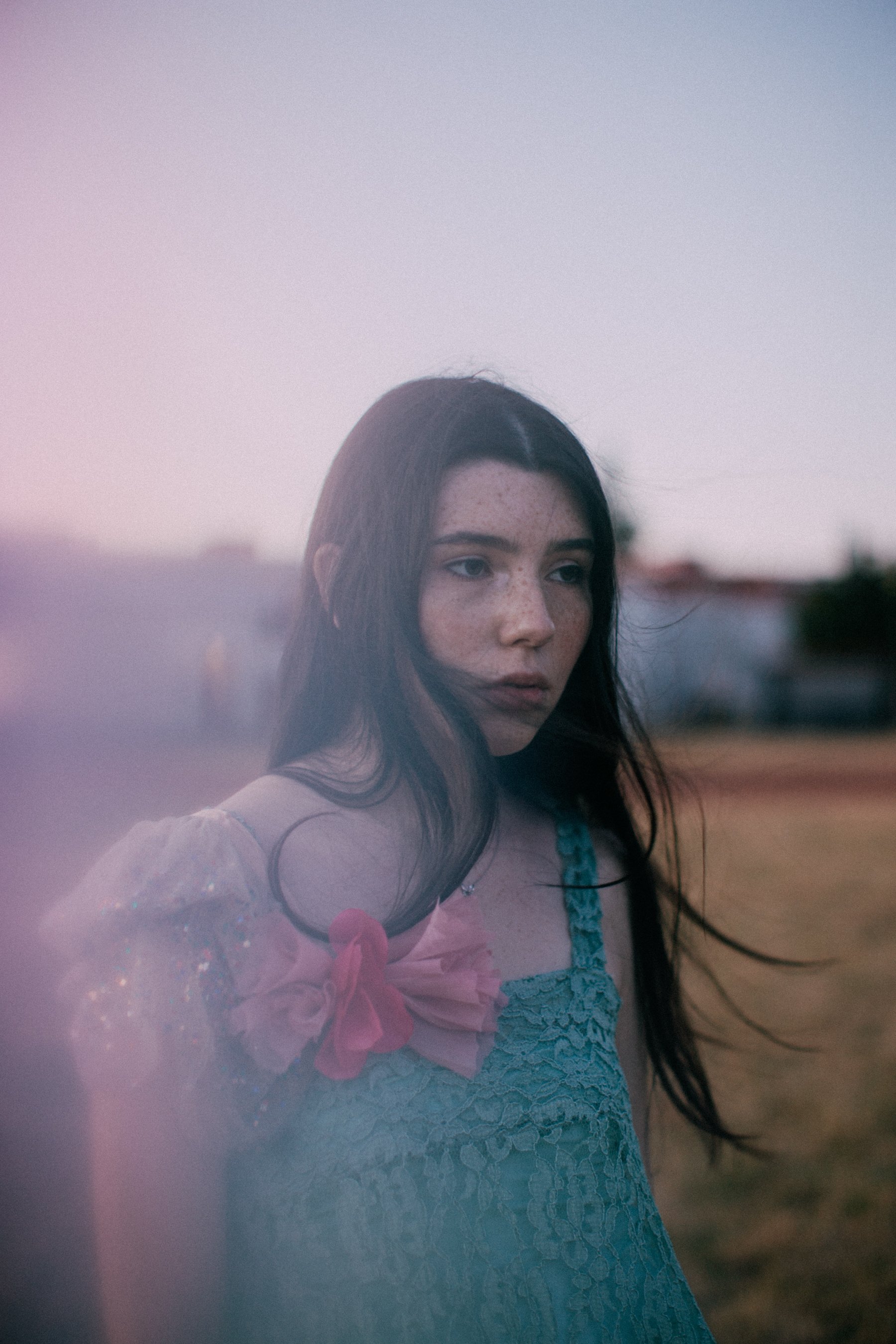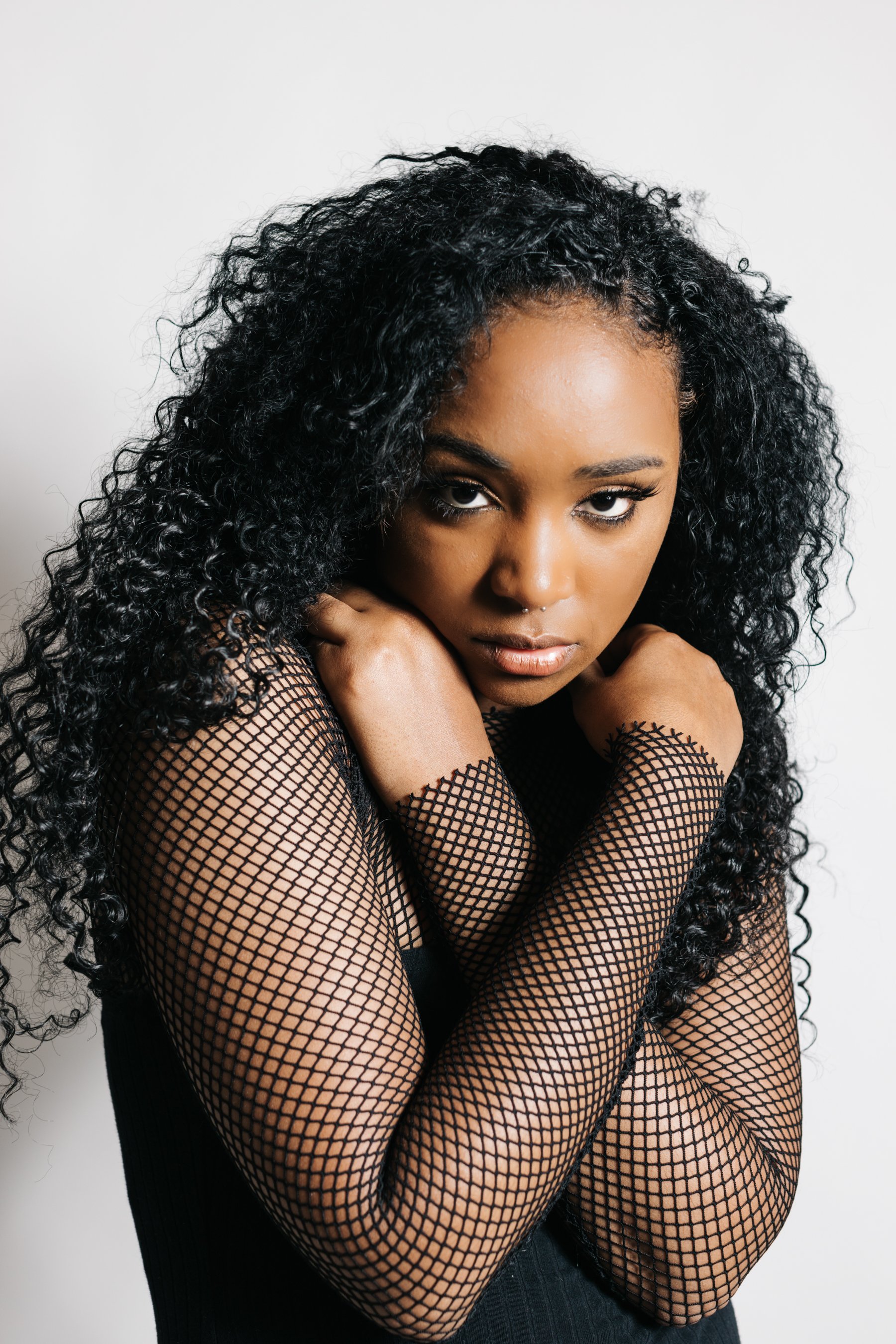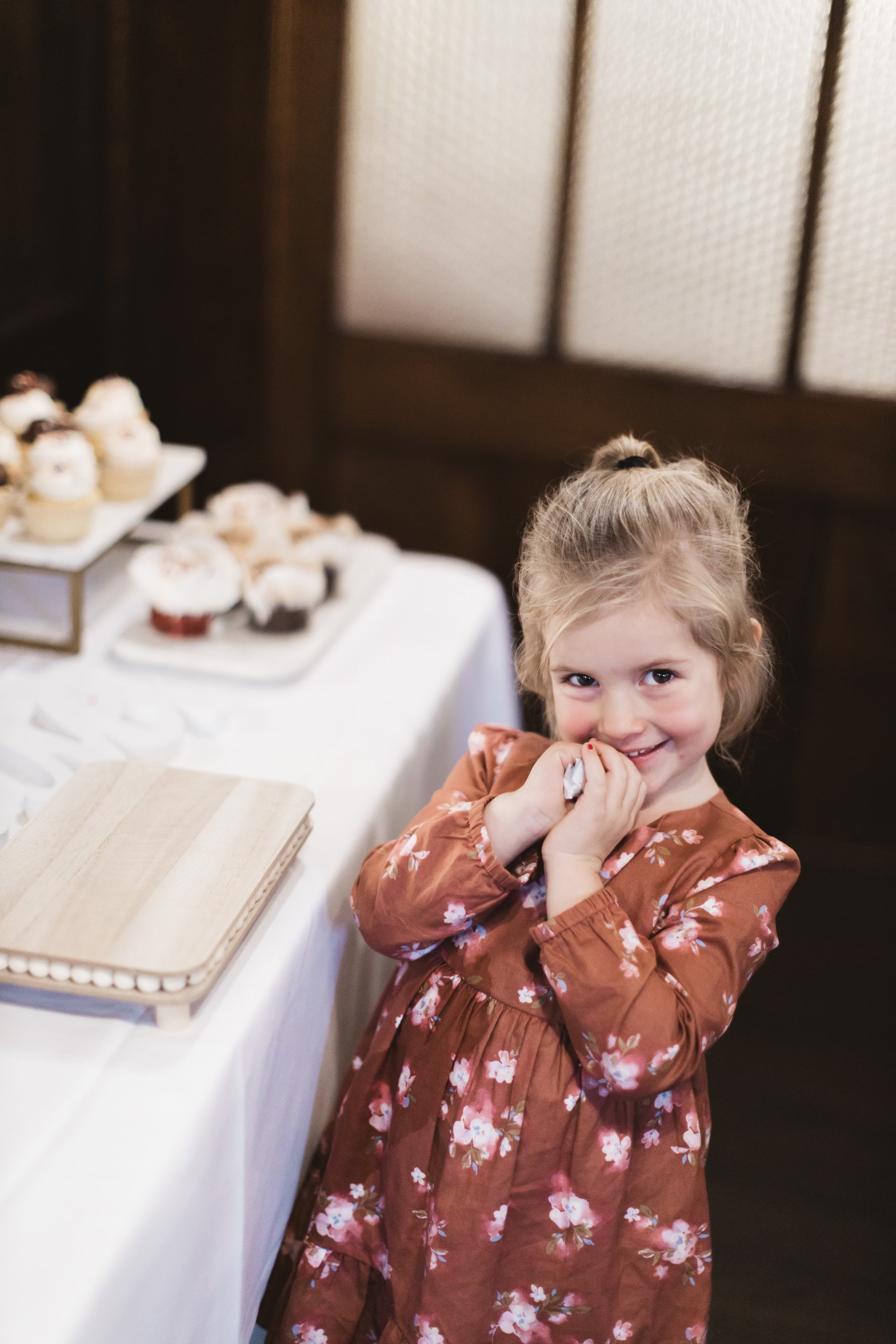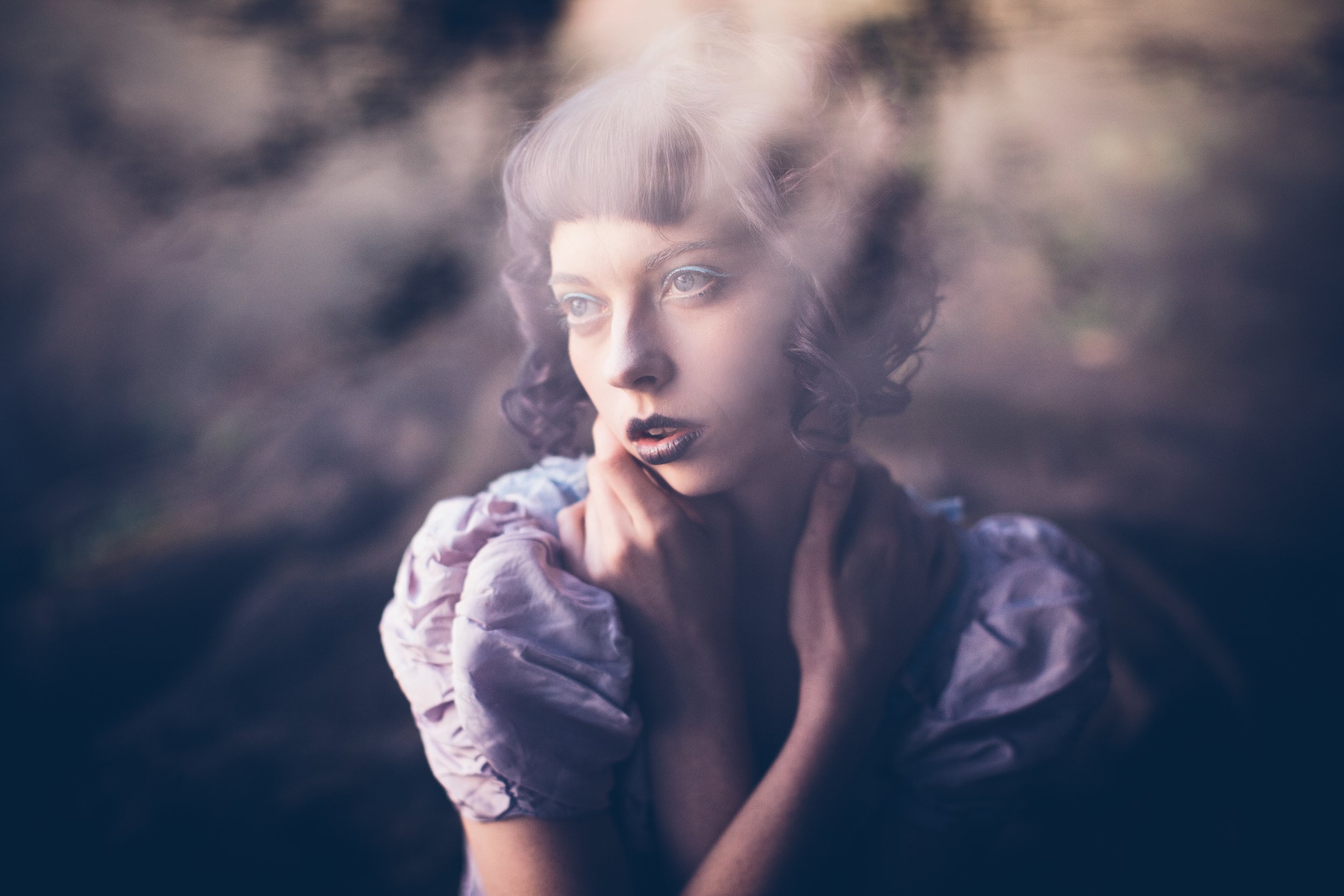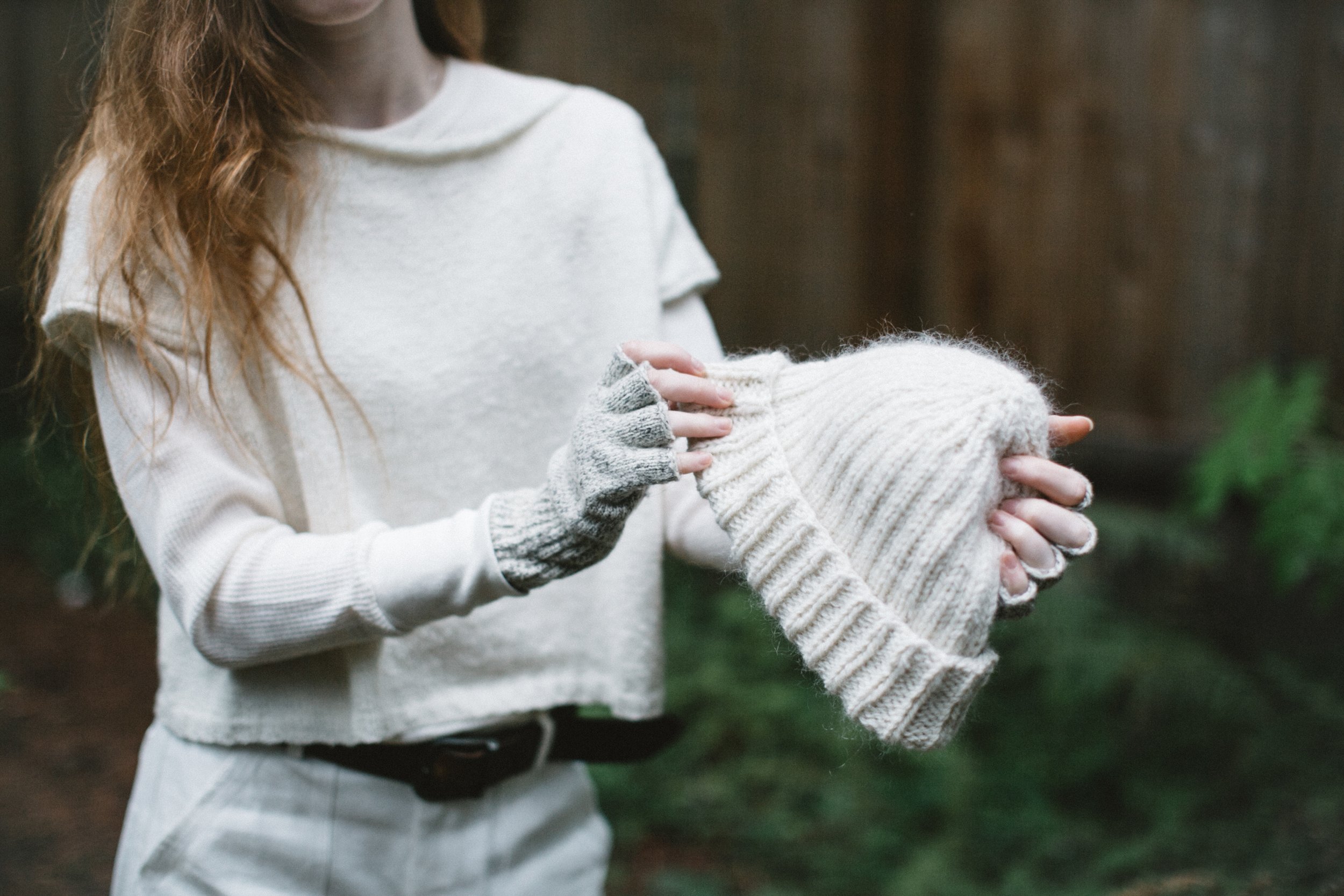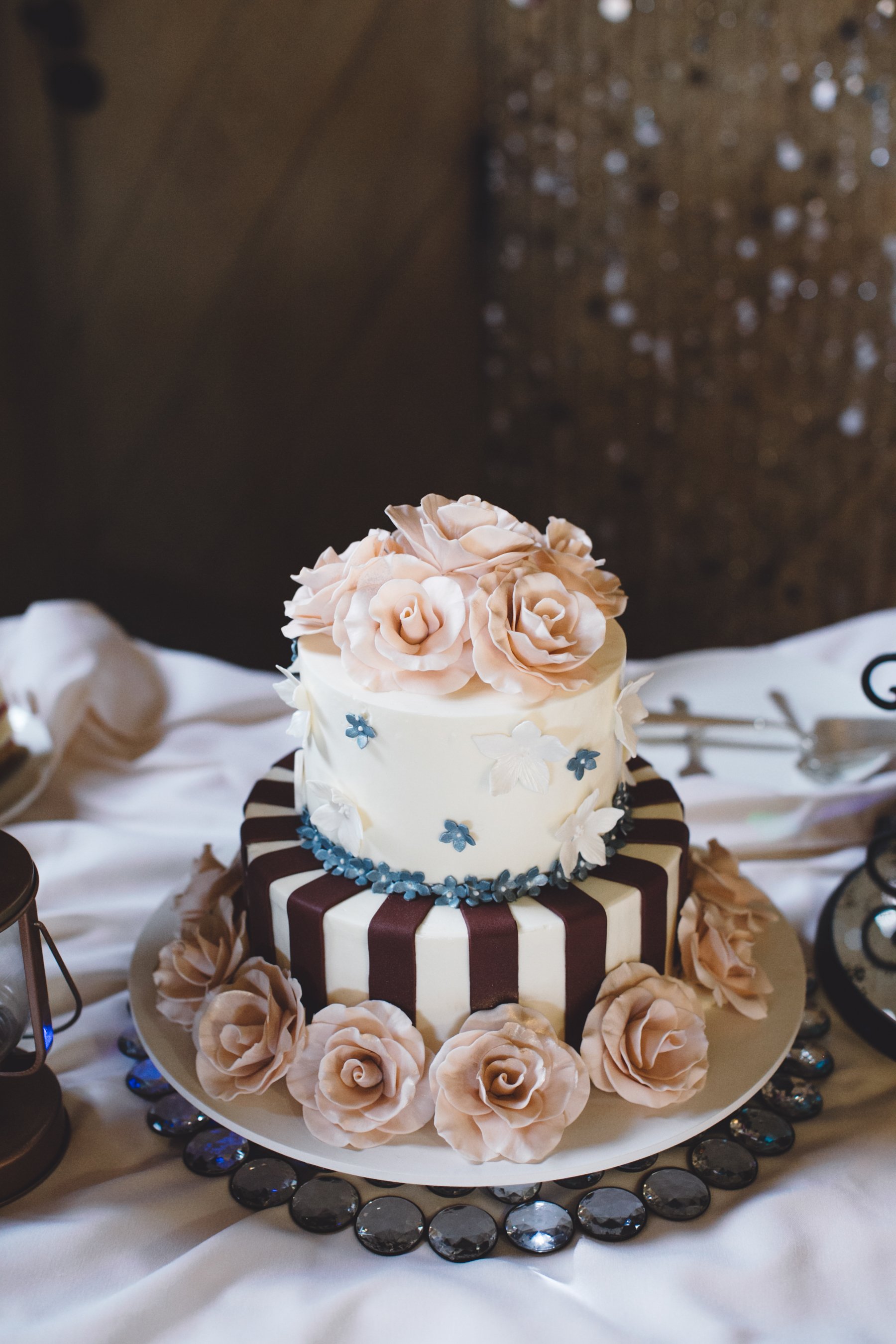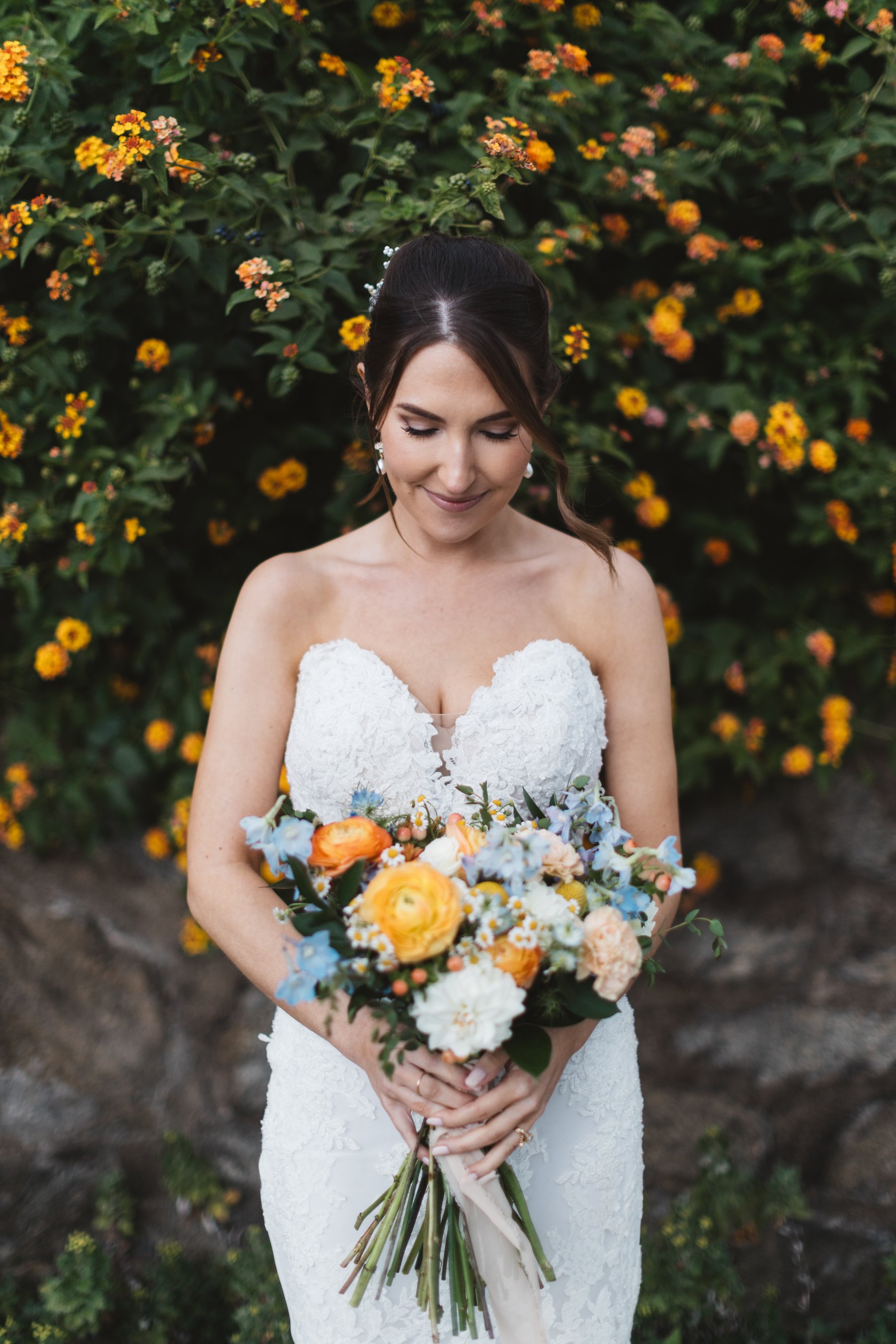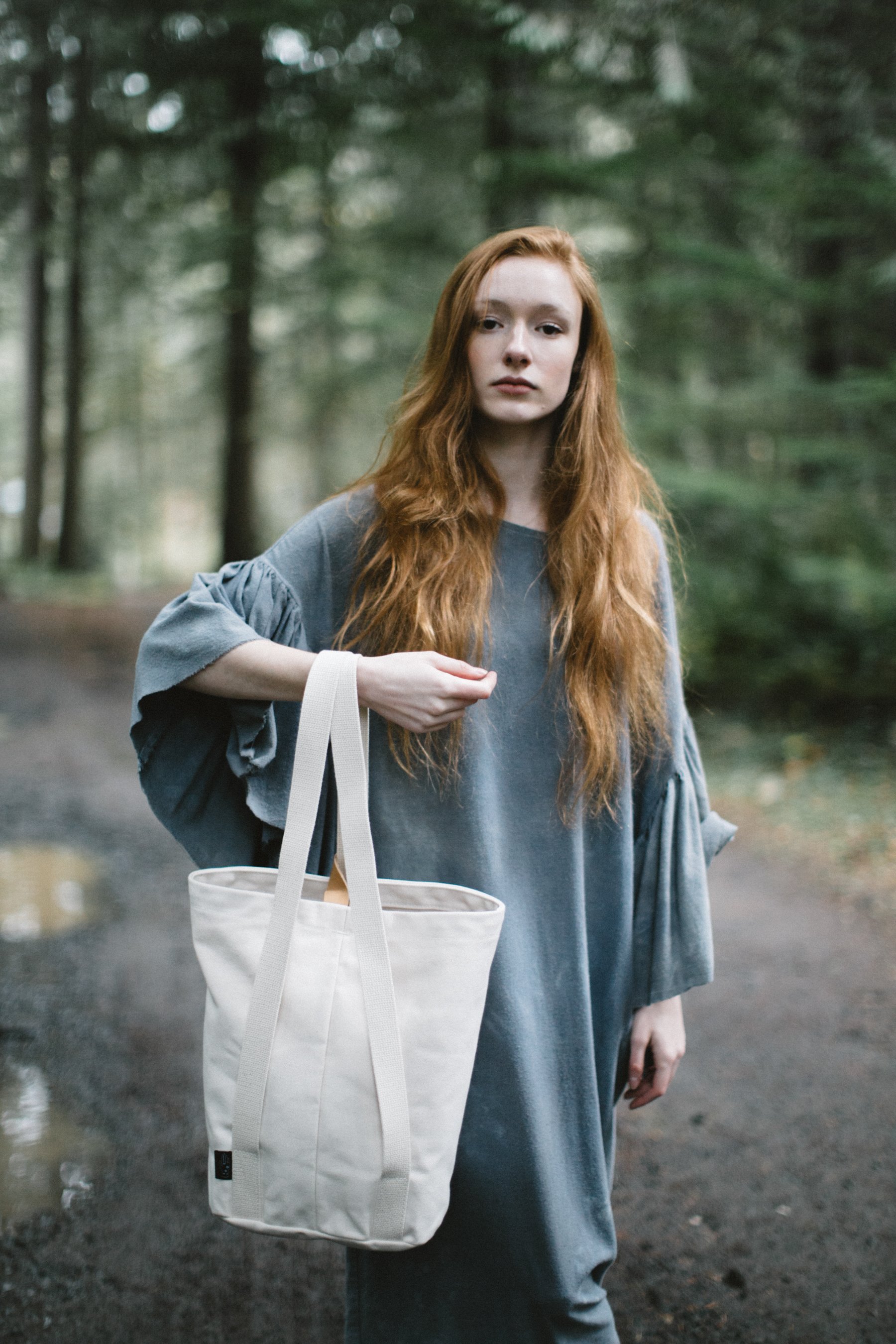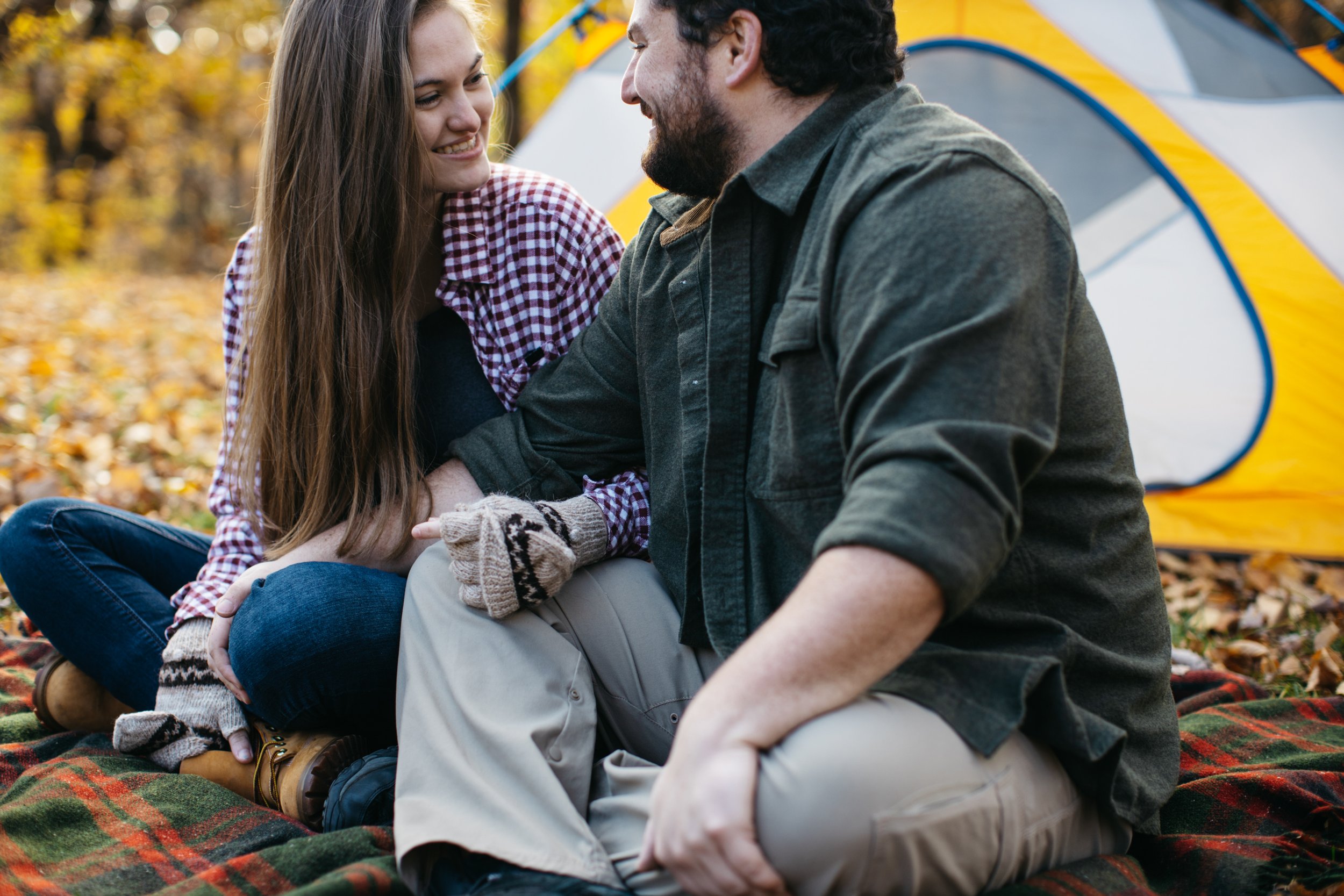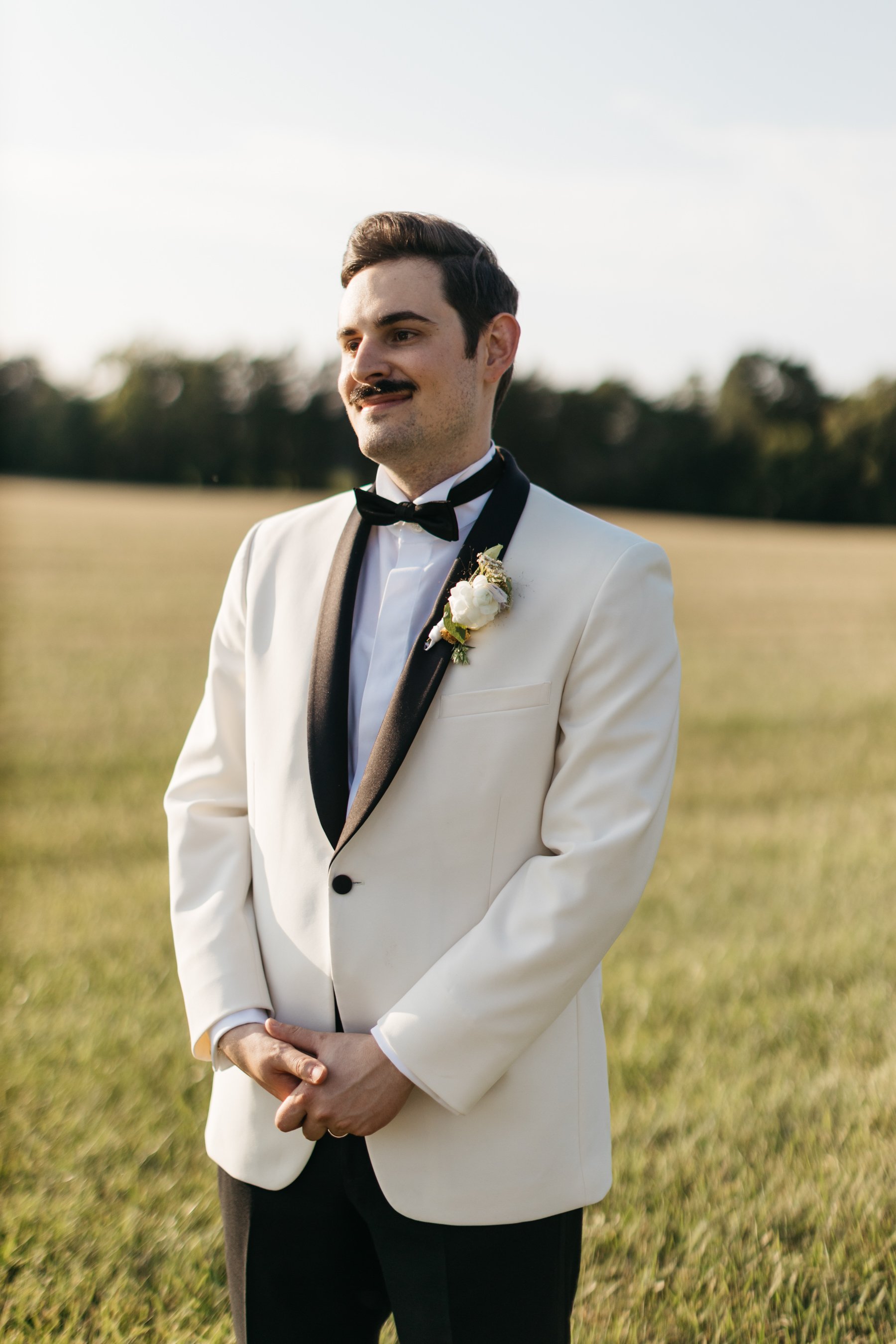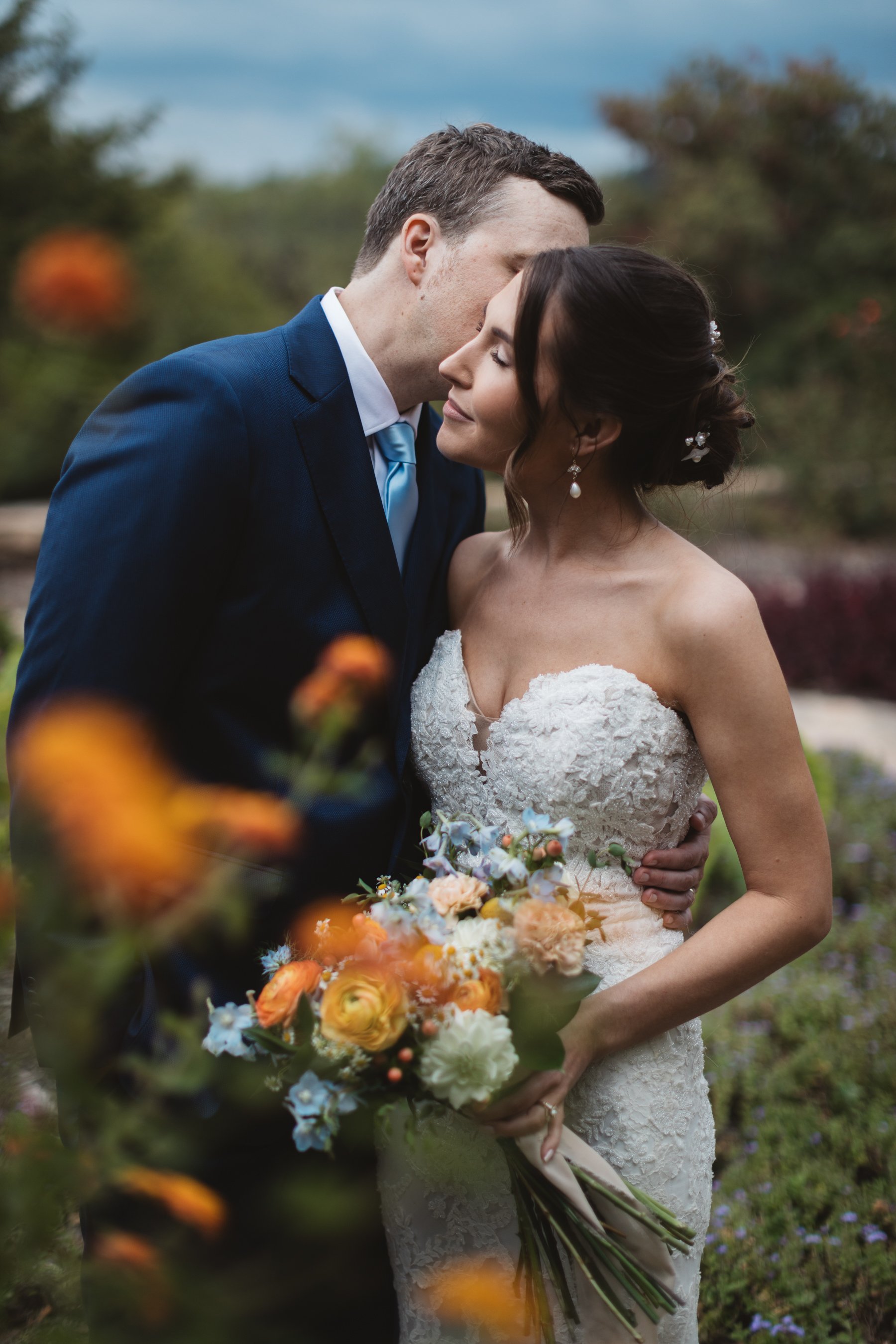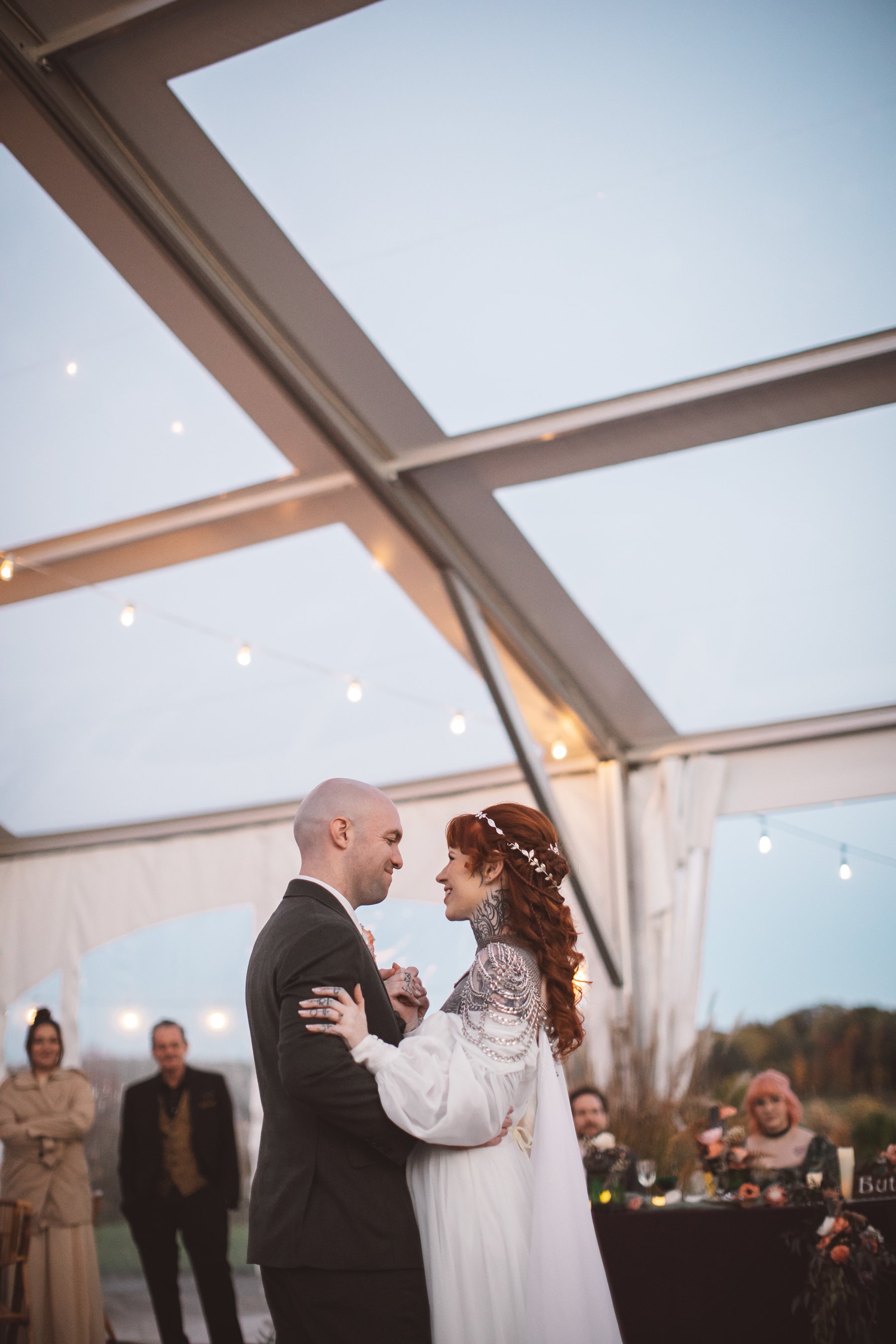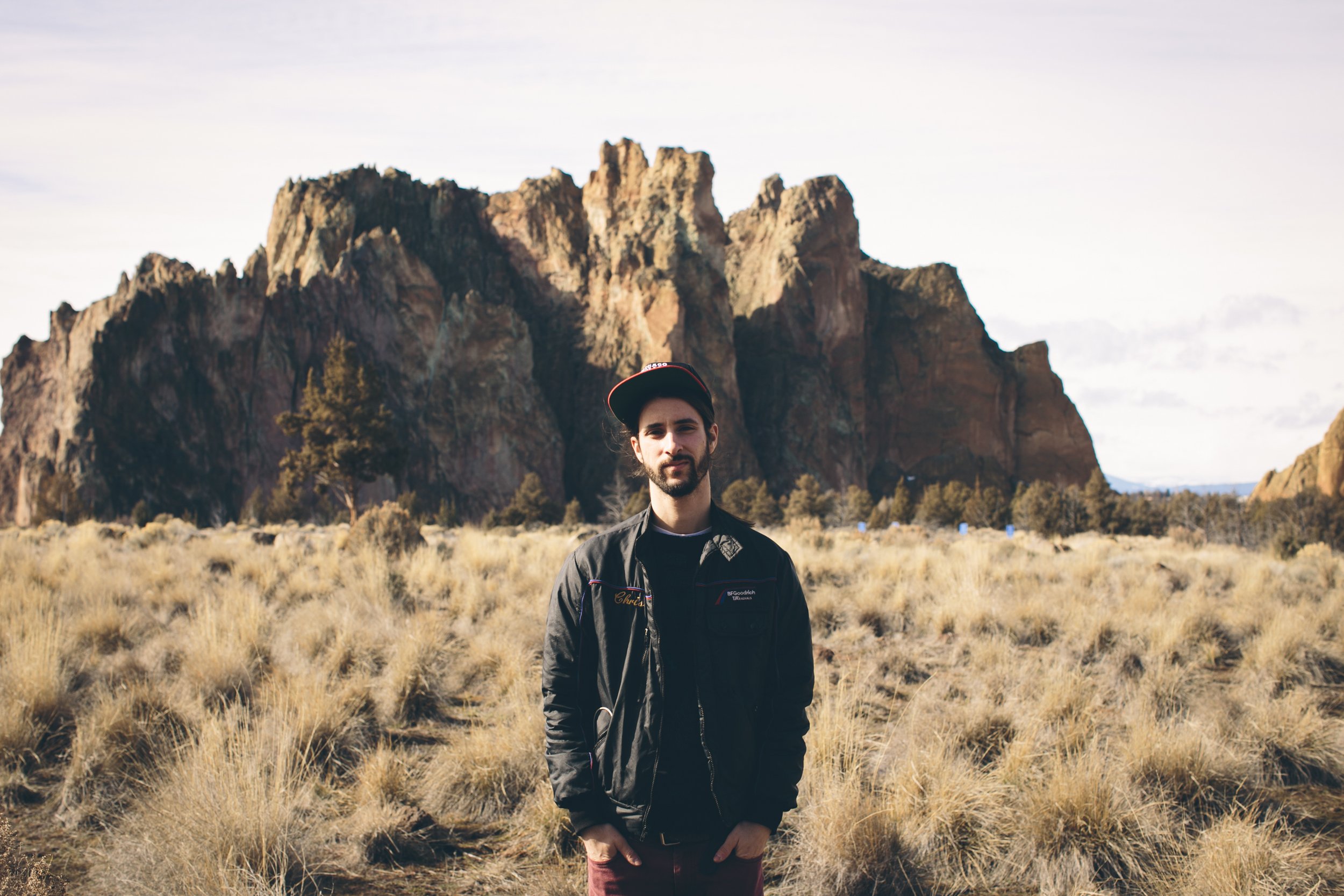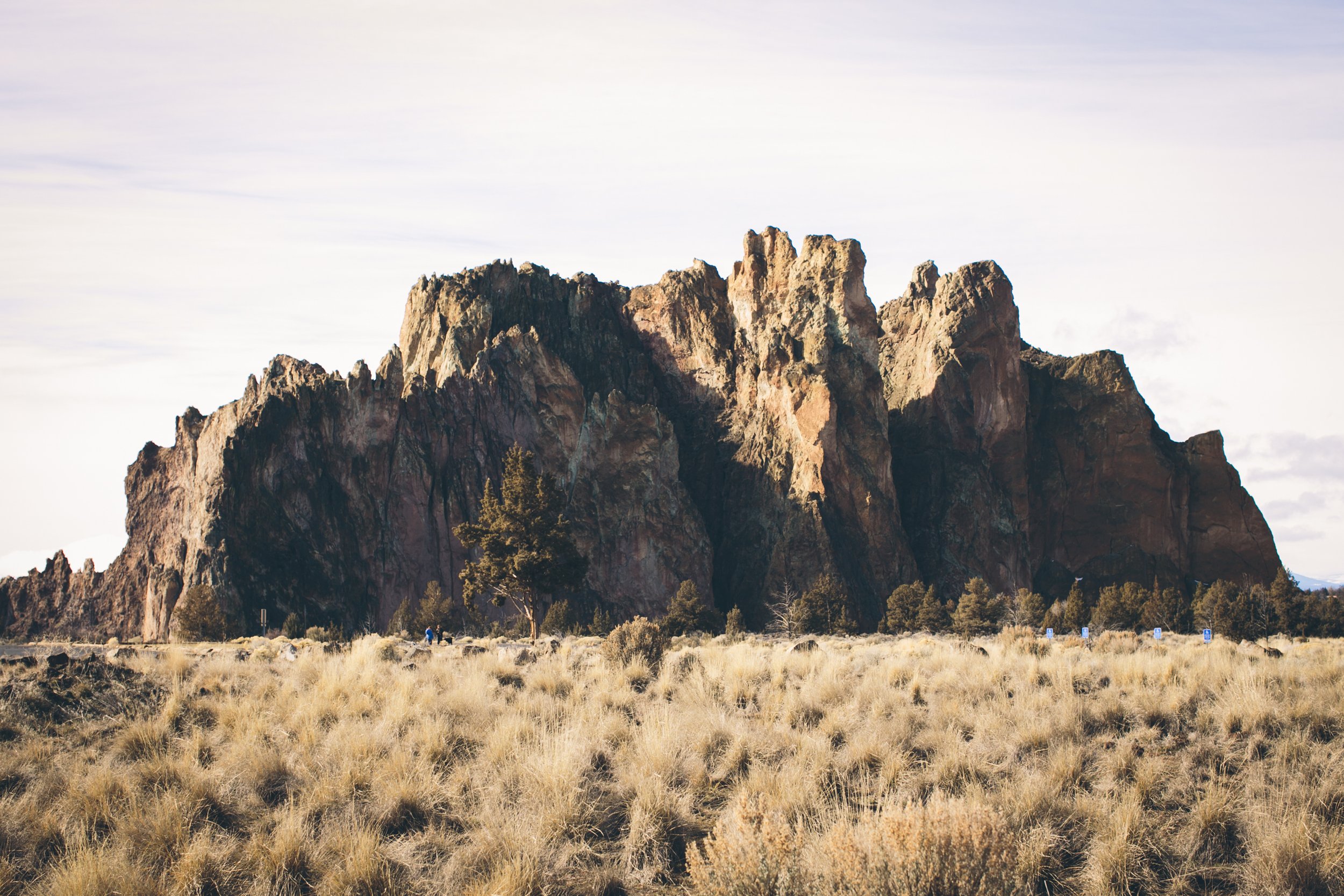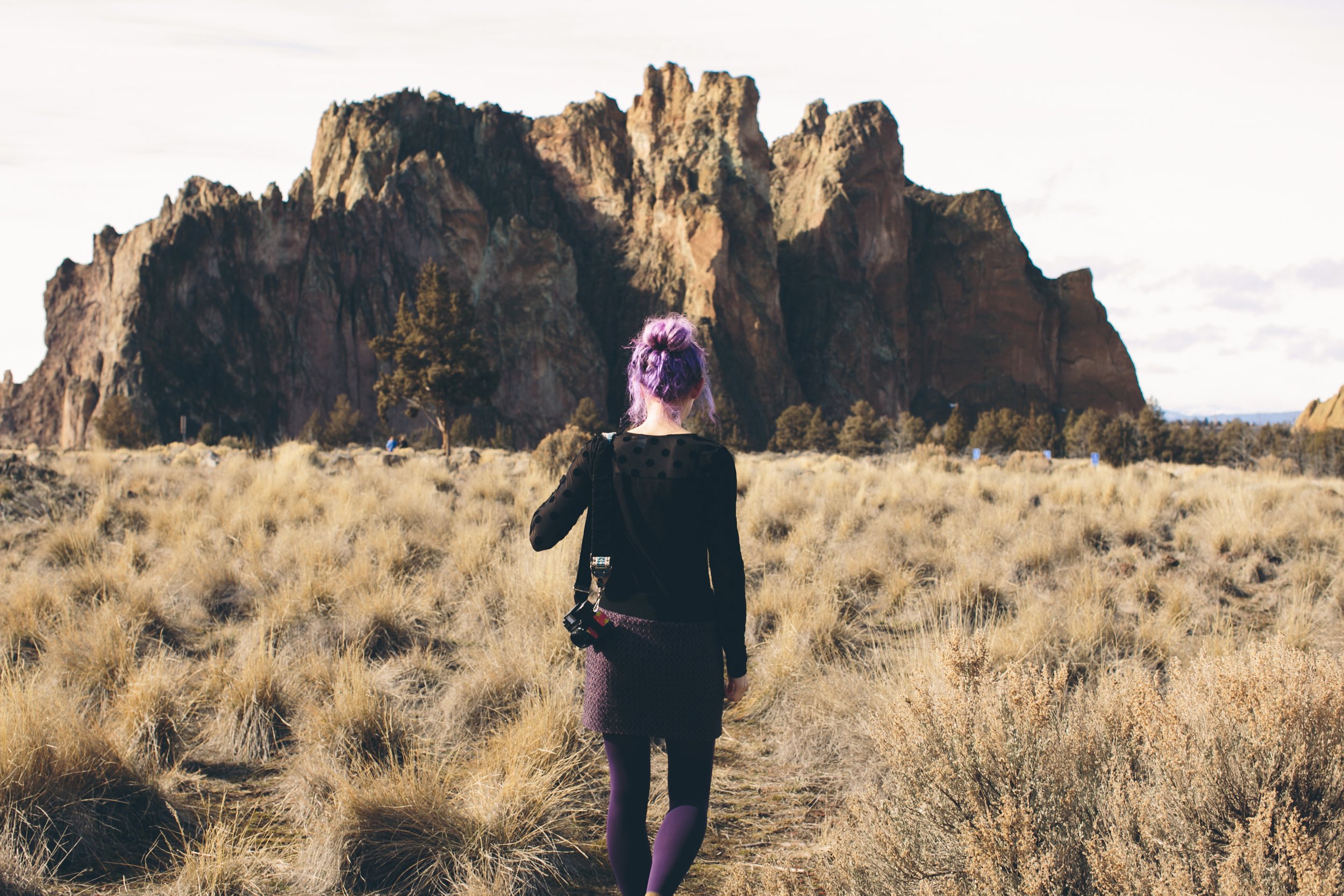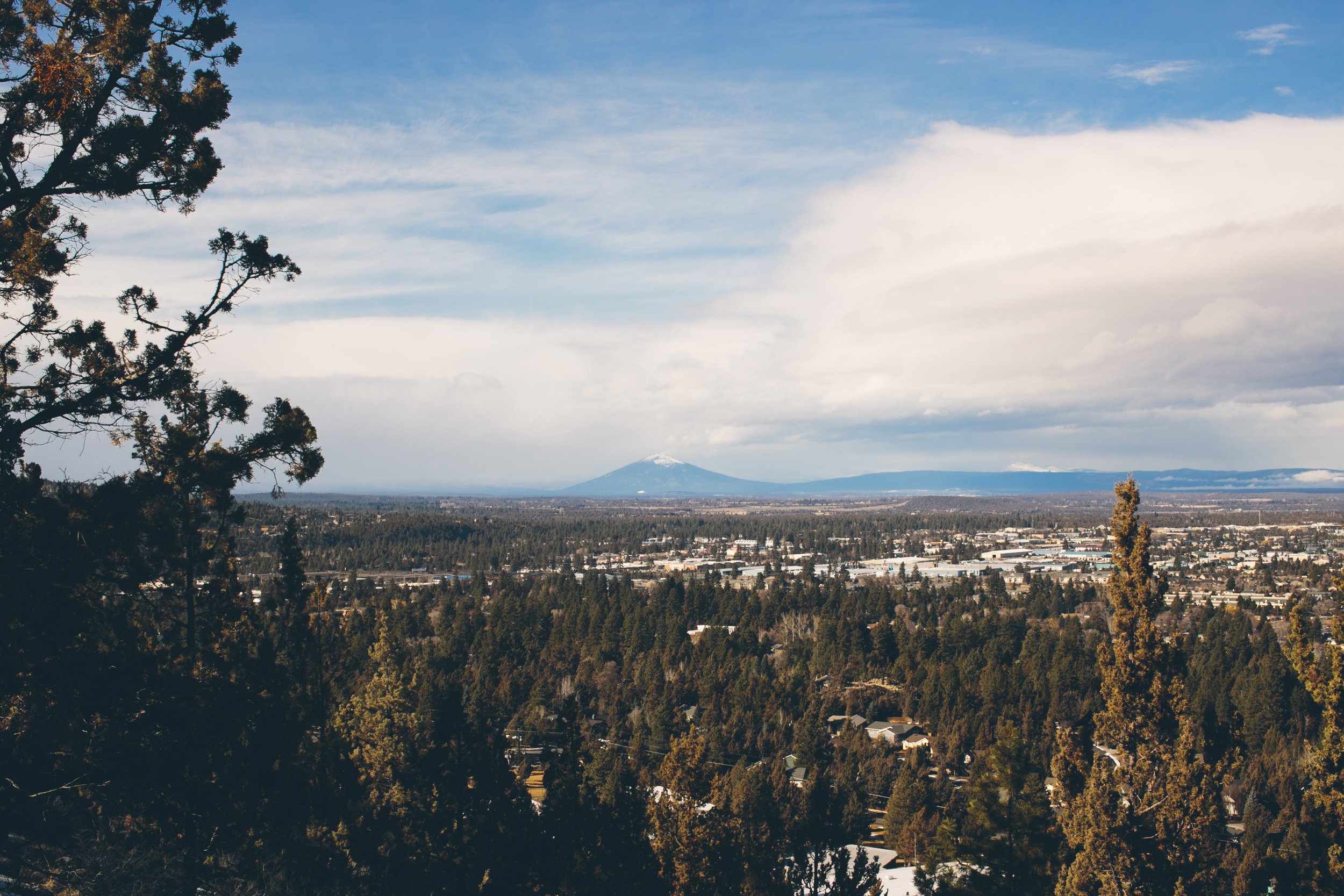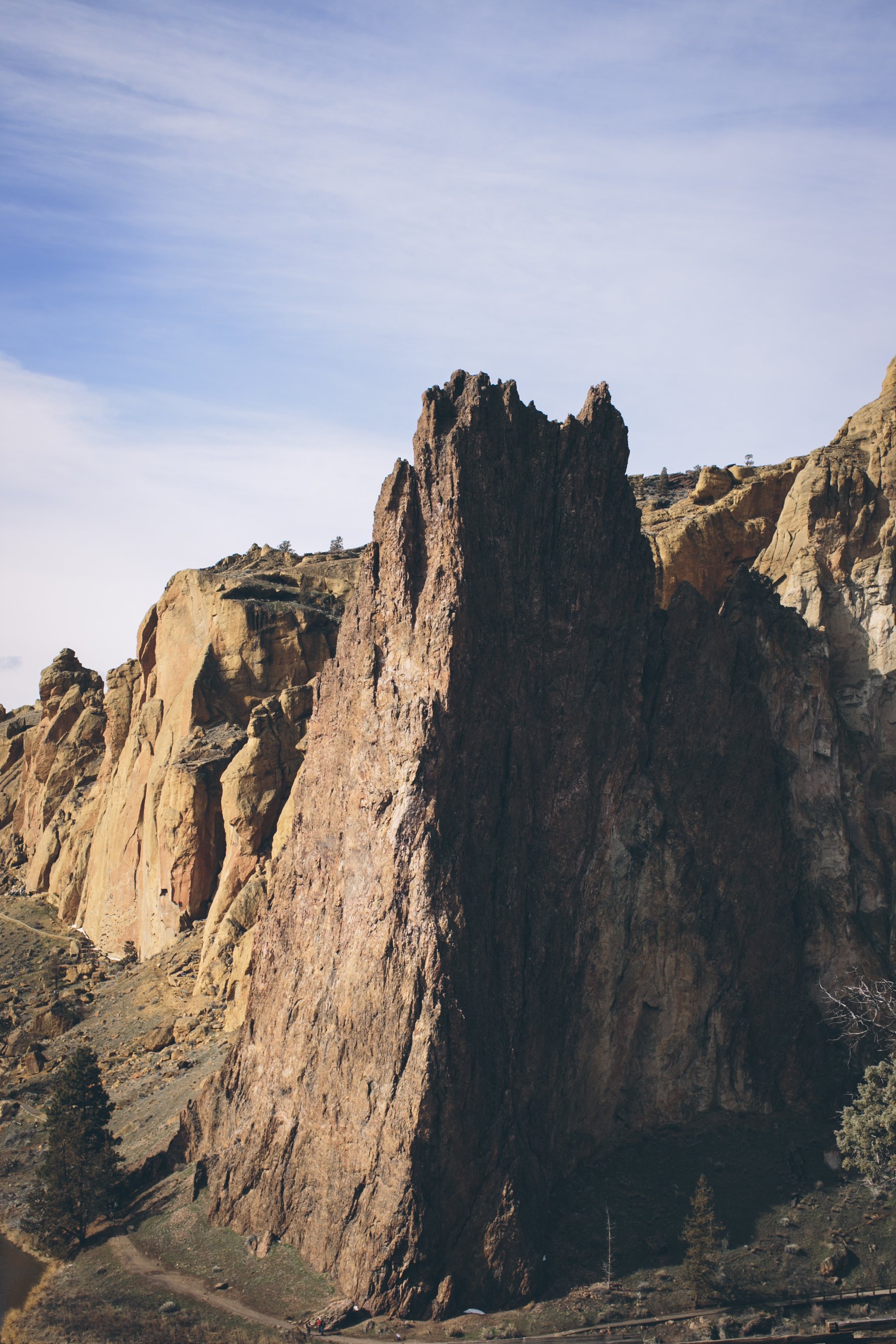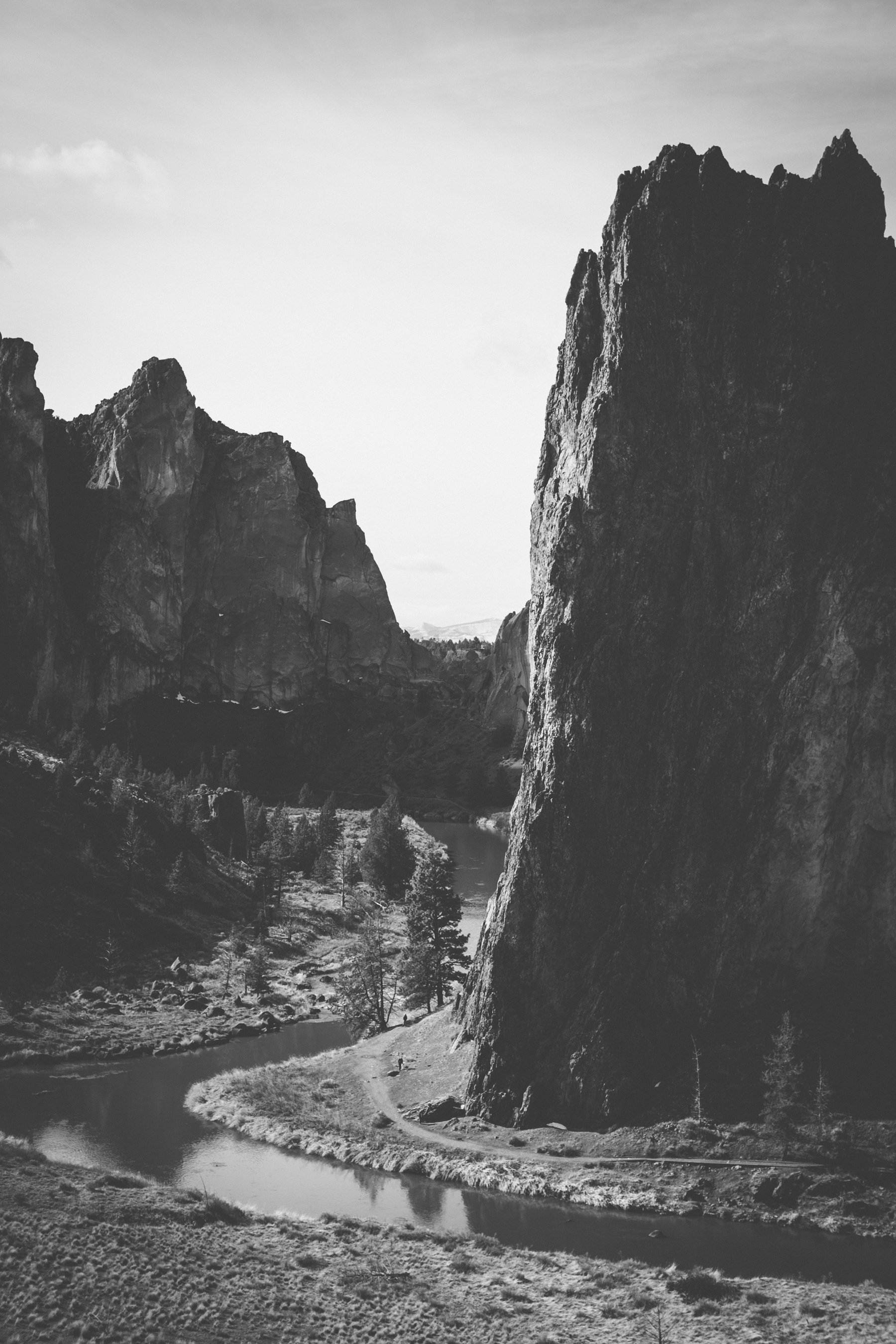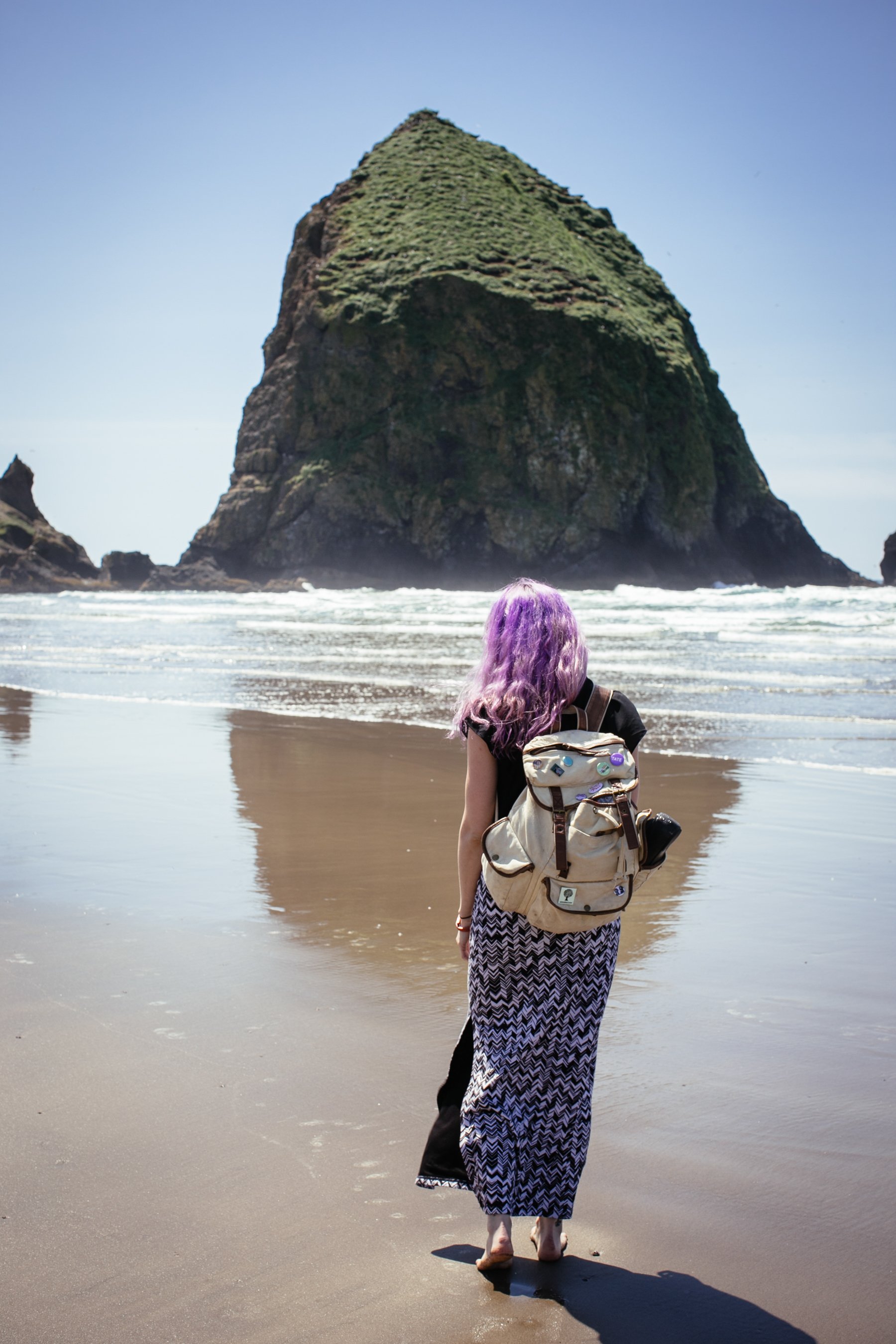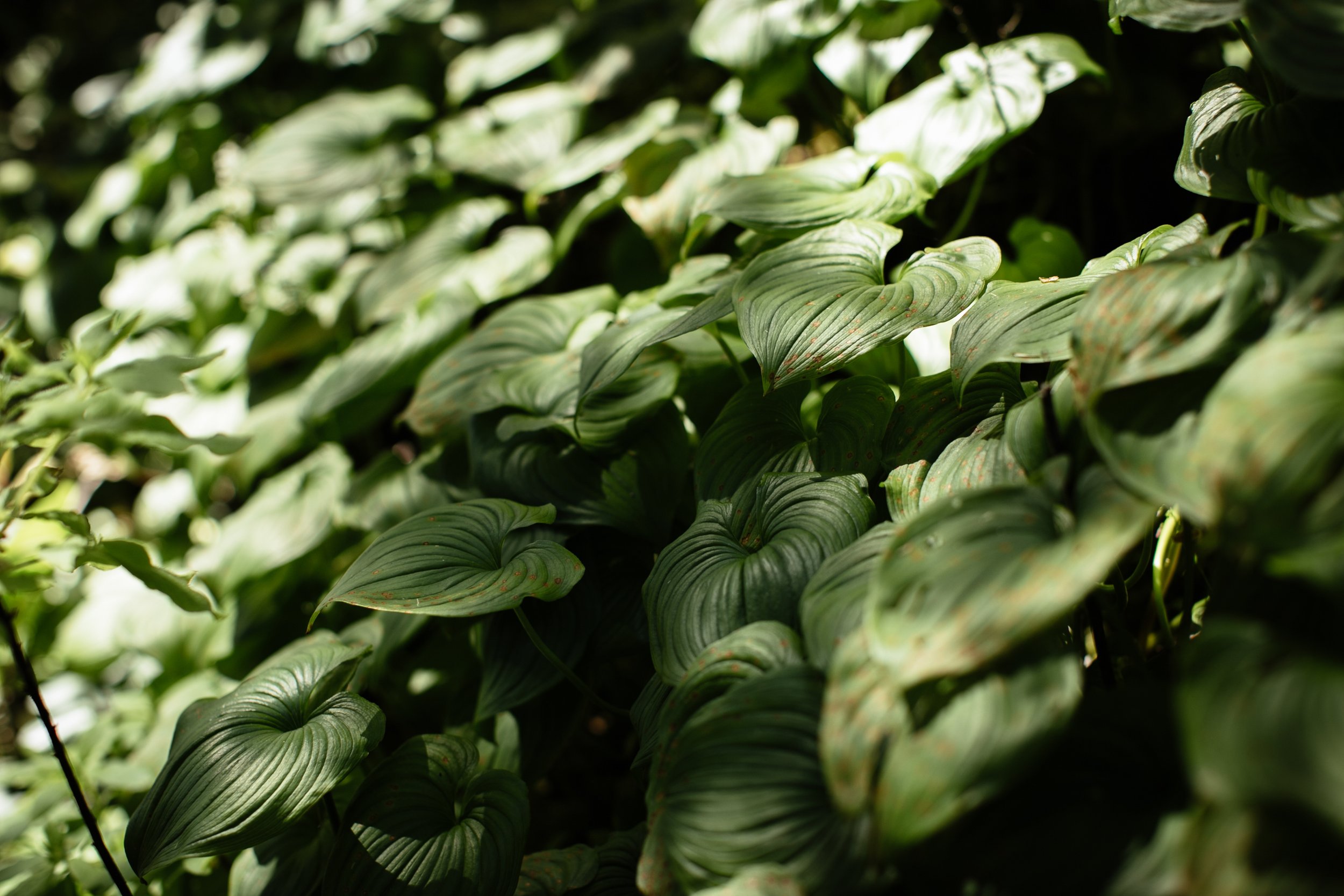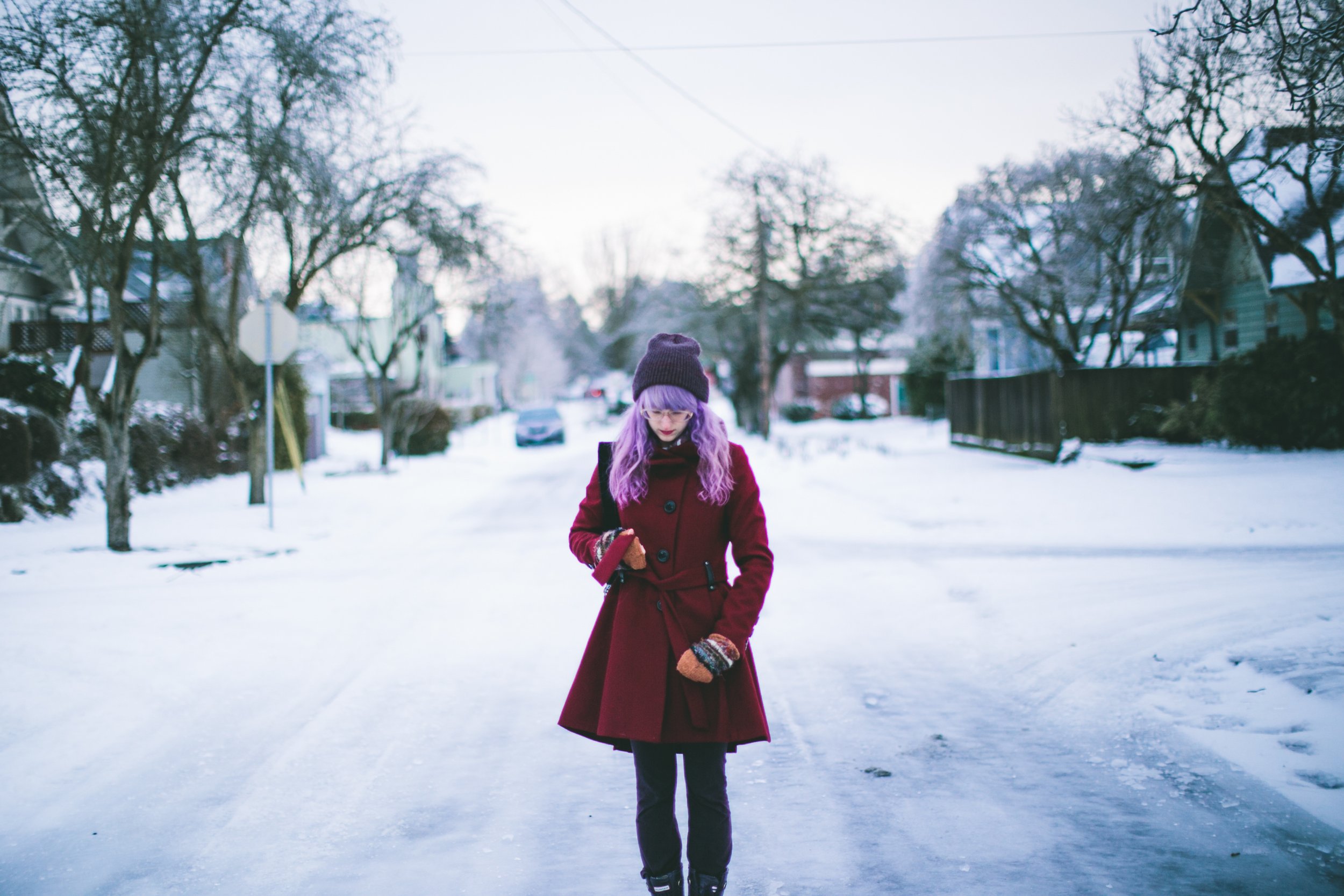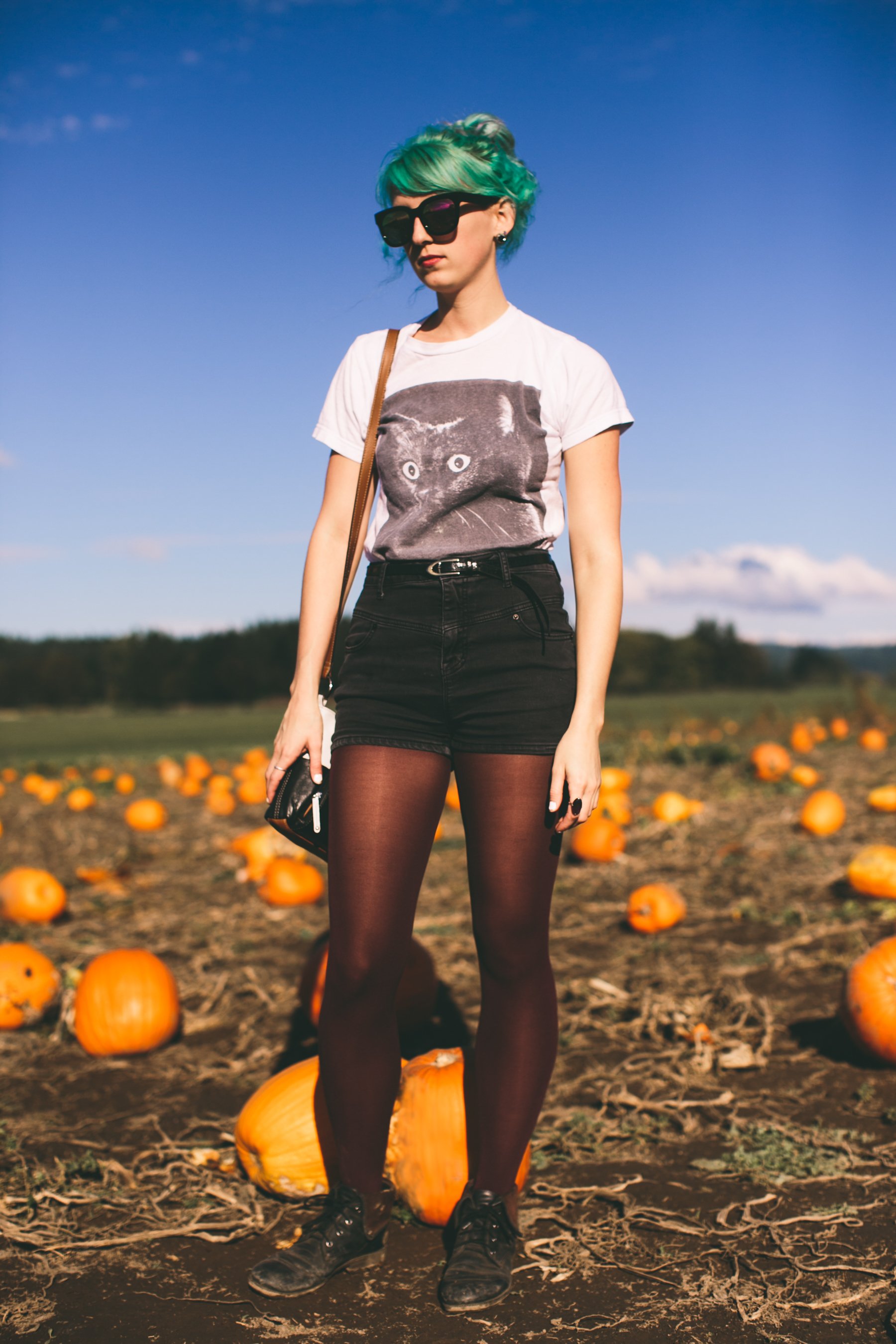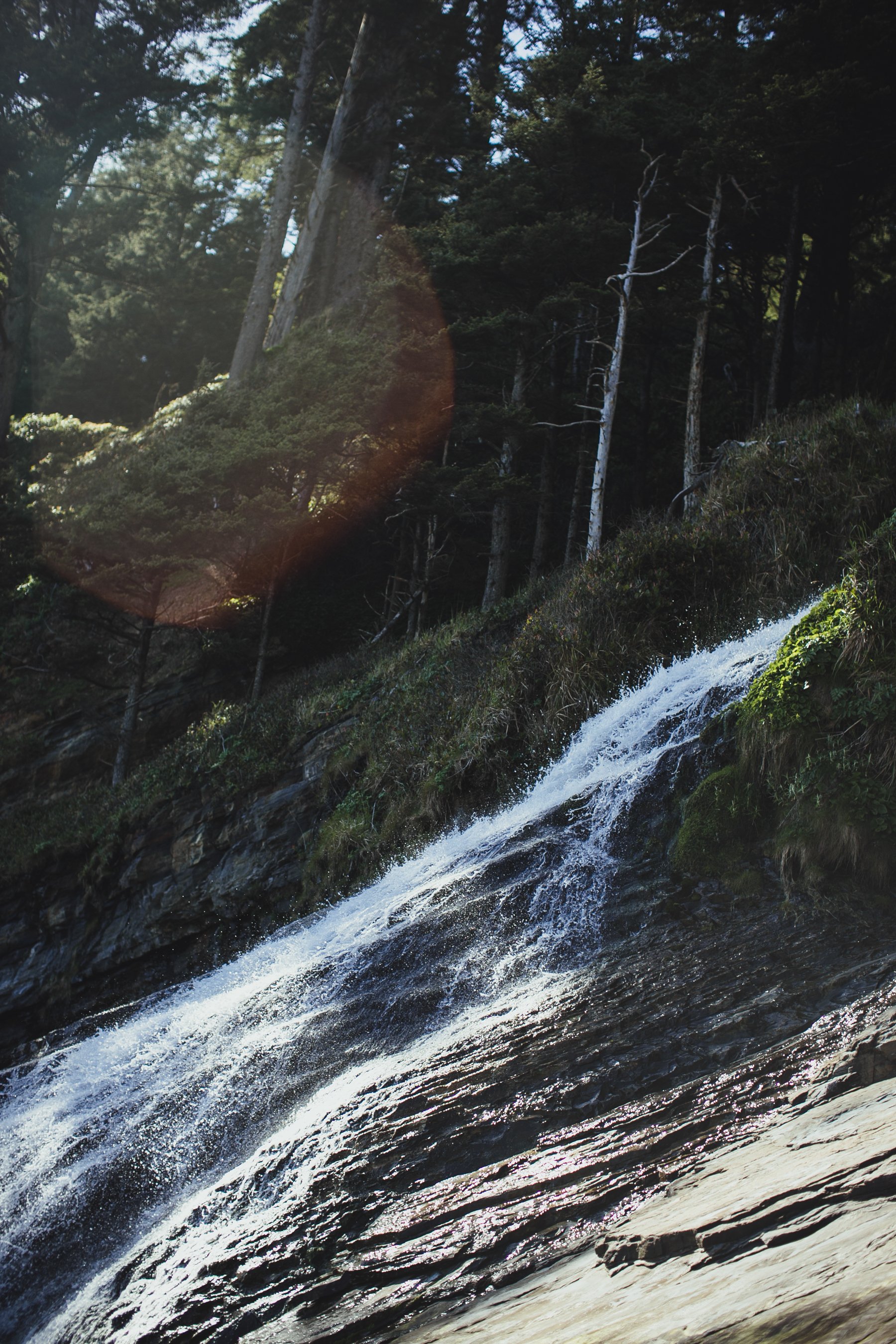CONS OF THE CANON EOS R
As a zoom lens girlie, the EOS R didn’t quite cut it as becoming my main camera, unfortunately, The distortion and “digital” look I was getting when pairing it with my Canon 24-70mm L lens made me start considering other options. A zoom lens will always be my main lens, it’s just who I am! This fact has caused the EOS R to come into second place in my camera set-up.
I also ended up running into a few glitches when it came to the touch-screen and customizable settings. While it’s great that you can set the buttons and multi-function bar to your liking, I also found the camera to be a bit non-intuitive. What I mean by that is that I never felt quite comfortable using it in high-stress situations like a wedding. I found myself fumbling through the buttons and constantly hitting the wrong settings on the touch-screen with my nose because I’m used to looking through viewfinders. The touchscreen is very sensitive, even when I set it to the “less sensitive” mode. And sometimes my fingers will graze the multi-function bar and end up jacking up my ISO to 25600 or something crazy and my photos will be totally overexposed and ruined, which I won’t find out until later because I’m not always checking my images at a fast-paced event like a wedding. It’s caused me a handful of issues that I never ran into with my Canon 6D or 5D Mark II. But if you’re not in fast-paced shooting situations, then I think it could be a great camera because it does have so many customization options. And while the Canon 5D Mark IV also has a touch-screen, I find it to be much less sensitive. I tend to avoid using the touch-screen at all and just use the buttons to click through the setting options.
I find myself shooting through the viewfinder with my 5D Mark IV, but holding my EOS R out in front of me and using the touch-screen to focus and take photos. If you’re not used to shooting through a viewfinder though, then the EOS R might be an easier switch for you than the 5D Mark IV!
I also just might be too old-school for the modern touch-screen and customization of the EOS R. I get frustrated with it because it’s not like the cameras I “grew up” on. It doesn’t feel intuitive and natural to me. My husband thinks maybe I just haven’t spent enough time attempting to customize it to my liking and he might be right. I’m very impatient when it comes to things like that so perhaps I’ll mess with those settings one more time. BUT, the good news about the EOS R is that I haven’t been able to beat the beauty of the images that it takes with my 50mm L lens, so it’s been impossible to justify getting rid of it.
THE CANON EOS R vs. CANON 6D vs. CANON 5D MARK IV
In comparison to my Canon 6D, which I was using for years as my main camera, the EOS R is significantly sharper and does much, much better in low-light situations. After shooting with the EOS R at a wedding, I would never go back to using the Canon 6D. The 6D is very soft, especially with low-light images, and can work quite slowly when it’s having trouble in a lighting situation. I never upgraded to the Canon 6D Mark II though, so I’m not sure how it compares to that one. However, it does seem that the mirrorless line just produces sharper images overall. Even in comparison to my Canon 5D Mark IV, which is my current main camera, I still find the EOS R images to be sharper. They are pretty incredible, if I’m being honest. However, as I’ve mentioned, I missed the way the Canon 5D Mark II and the Canon 6D felt in my hands, so I ended up upgrading to the Canon 5D Mark IV. You can read more about my thoughts on the Canon 5D Mark IV here, if you’d like!
The Canon 6D is significantly cheaper than any of the cameras on this list though and I’ll always recommend the Canon 6D or Canon 6D Mark II to beginners because they still produce amazing images that will impress your friends and family. Even my very first DSLR, the Canon 5D Mark II which I just recently sold, is a great option for beginners. It’s a pro-level camera that you can get at a super affordable price now because it’s a bit on the older side. I also truly believe that you don’t have to have an incredible camera to be an incredible photographer. I think it’s entirely possible to create award-winning photos with cheaper cameras. There’s no shame in that game. In fact, my favorite camera of all time is the Holga, a $50 toy camera that hardly has any features at all!
FINAL THOUGHTS
Overall, I personally place the Canon 5D Mark IV above the EOS R due to lens pairing and intuitiveness, which makes sense because it is more expensive and you’ll get more bang for your buck. However, the EOS R places above the Canon 6D and Canon 5D Mark II for me. The EOS R could easily be the number one camera in a photographer’s bag, it really just depends on your personal photography style. If you love super sharp images and tend to lean towards Sony & Nikon images, you might LOVE the EOS R. Canon’s mirrorless cameras are definitely fighting for a spot up there with those other brands. Also, it’s important to share that before I bought the 5D Mark IV, I considered selling ALL of my Canon gear and switching entirely to a new brand. I watched YouTube videos for days, comparing pricing, battery life, camera weight, features, video modes and lens options. I was itching for something new in my life and I truly considered this major life change! But at the end of the day, after making massive pro/con lists and considering every option, Canon kept winning for me. I just LOVE how Canon’s images look and it just feels so ME. Many of the other cameras in my price point were much heavier, or the battery life wasn’t as good, or they didn’t do multiple exposures. Some of those things are deal-breakers for me.
I guess I’m just a zoom lens Canon girlie and there’s not much I can do about it! I’ve supported myself entirely on photography for the last 12 years and I definitely attribute some of that success to Canon. They produce cameras that offer professional-quality images and are actually affordable, and it’s always been that way. Some of these other brands have cameras that just seem overpriced to me. The fact that you can buy a Canon 6D Mark II for $1200 is pretty amazing. Pair that with a Canon 50mm f/1.4 lens for only $400, and you’ve got yourself an affordable camera set-up to start a photography business. That’s a much cheaper investment that many other businesses require! And if you’re willing to buy gently used gear from KEH Camera or eBay, you can save quite a bit of money that way too! Just make sure if you’re using eBay that you buy from a reputable sellers with lots of reviews!
So, while the EOS R isn’t my TOP camera, I’d still recommend it to anyone looking for a sharp, modern camera with incredible low-light capabilities, especially if they aren’t willing to shell out the $2300 for the 5D Mark IV body alone. For that same price, you can get a body AND a lens with the EOS R on Amazon. When comparing the EOS R to other Canon cameras within a similar pricepoint like the Canon 6D Mark II, I’d recommend the EOS R. But you will find that the 6D is the cheapest of the bunch. The original 6D was actually my main camera for many years and I photographed dozens of weddings and fashion shoots with it. It’s not a bad camera by any means and is great if you’re working with a tight budget!
I hope that this post has helped you determine which camera to go with! You can also watch my unboxing of the EOS R on my YouTube channel here! You honestly can’t go wrong with any of these cameras and all of them have been majorly helpful for my business over the years.
If you found this post helpful or if you’d like to see more of my work, I’d love it if you considered signing up for my Patreon! For as little as $1 a month, you’ll get early access to all of my YouTube videos, plus tons of photos that I don’t post anywhere else. Depending on which tier you choose, you could also receive seasonal prints and/or discounts! I always use all of the proceeds towards cameras, film & processing. Find out more here!
Feel free to leave any questions/comments below. Thanks so much for stopping by! You can also check out my Amazon storefront for more camera/film recommendations. :) Have a lovely day!
-Myles Katherine
(By using the links and/or codes below it supports Myles Katherine Photography. We may get a small kick back by you doing so.)
WHERE TO BUY
CANON EOS R
Amazon
KEH Camera (used)
eBay (used)
CANON 5D MARK IV
Amazon
B&H Photo
Adorama
KEH Camera (used)
eBay (used)
CANON 6D MARK II
Amazon
B&H Photo
KEH Camera (used)
eBay (used)
CANON 24-70mm f/2.8 L Lens (my main lens)
Amazon
B&H Photo
KEH Camera (used)
eBay (used)
CANON 50mm f/1.2L Lens (the lens I use with my EOS R)
Amazon
B&H Photo
KEH Camera (used)
eBay (used)
CANON 50mm f/1.4 Lens (a great affordable fixed lens option)
Amazon
B&H Photo
KEH Camera (used)
CANON 17-40MM F/4 LENS (a great, affordable zoom lens option)
Amazon
B&H Photo
KEH Camera (used)
SAMPLE PHOTOS
(click to enlarge images)
(Canon EOS R with Canon 24-70mm f/2.8L Lens)













